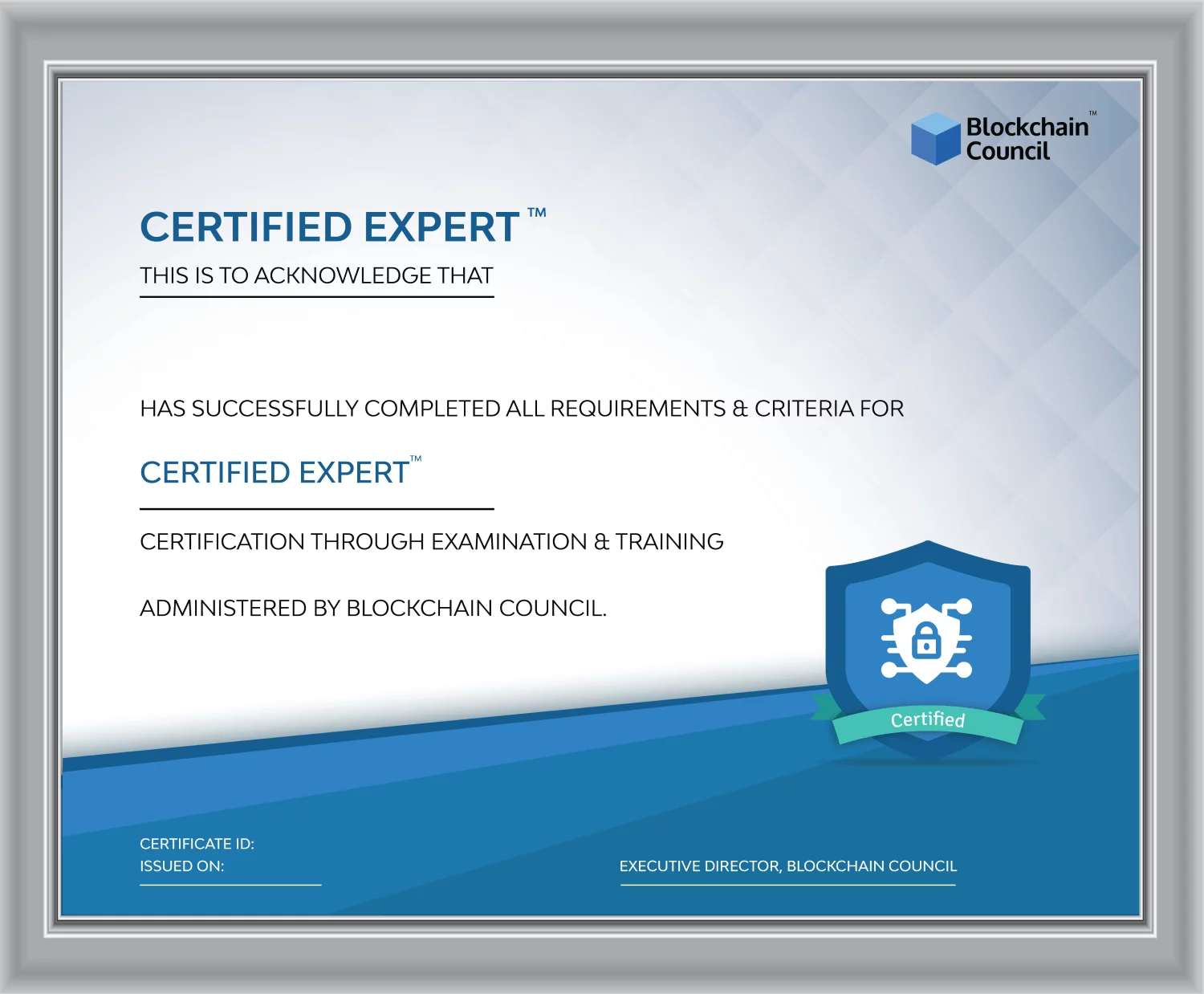
- Blockchain Council
- February 18, 2025
Becoming a Full Stack Developer is an exciting and rewarding career path for those interested in building robust, end-to-end web applications. Full Stack Developers are highly versatile professionals capable of working on both front-end (user interface) and back-end (server-side) technologies, making them invaluable in today’s tech-driven world. If you’re looking to pursue a career in Full Stack Development, this guide will walk you through the essential steps to get there.
Skills Required for Full Stack Development
A Full Stack Developer must possess a diverse skill set, covering both front-end and back-end development. Below are the core skills required for this role:
Front-End Skills:
- HTML: The backbone of any web page, structuring the content.
- CSS: Used for styling and layout, making the web page look visually appealing.
- JavaScript: Provides interactivity and functionality on web pages.
- React.js, Angular, Vue.js: JavaScript frameworks for building modern user interfaces.
Back-End Skills:
- Node.js: A JavaScript runtime used for server-side development.
- Python: A popular language for back-end development, often using frameworks like Django and Flask.
- Java and Ruby: Common choices for large-scale applications.
- PHP: Used for server-side processing and dynamic content.
Databases:
- SQL: MySQL and PostgreSQL are commonly used for managing relational data.
- NoSQL: MongoDB is widely used for handling unstructured data.
Version Control:
- Git: Essential for code management and collaboration, enabling version control and project management.
Understanding Front-End and Back-End Development
To become a proficient Full Stack Developer, it’s important to understand the distinction between front-end and back-end development:
- Front-End Development: This is everything users see and interact with on a website or application. It involves working with the user interface and creating the visual aspects of a website or app using technologies like HTML, CSS, and JavaScript.
- Back-End Development: This refers to the server-side components that power the website or app, including databases, servers, and application logic. A Full Stack Developer handles everything from creating the database structure to ensuring data flows smoothly between the server and user interface.
A Full Stack Developer must have the ability to manage both sides effectively and integrate them into one cohesive application.
Full Stack Development Frameworks and Tools
| Framework | Description | Key Features | Best for |
| React.js | Front-End Framework | Component-based, Virtual DOM | Web apps with dynamic interfaces |
| Node.js | Back-End Framework | Asynchronous, Event-driven | Scalable applications |
| Django | Back-End Framework | Python-based, Rapid development | Full-stack Python development |
Full Stack Developers rely on frameworks and tools to streamline the development process and ensure the application’s scalability and performance.
Front-End Frameworks:
- React.js: A widely used JavaScript library for building interactive UIs.
- Angular: A comprehensive front-end framework for building dynamic single-page applications.
- Vue.js: A lightweight front-end framework for building user interfaces.
Back-End Frameworks:
- Node.js: A powerful runtime environment for building fast, scalable server-side applications.
- Express.js: A minimalistic Node.js framework for handling back-end routes and API requests.
- Django: A Python-based framework that encourages rapid development and clean design.
- Flask: A lightweight Python web framework for small to medium applications.
Tools:
| Tool | Category | Purpose |
| Git | Version Control | Code management and collaboration |
| MongoDB | Database | NoSQL database for scalable apps |
| Docker | Deployment | Containerization for consistent deployment |
- Git: Used for version control to manage and track changes in code.
- MongoDB: A NoSQL database for handling flexible, unstructured data.
- MySQL/PostgreSQL: Relational databases for structured data.
- Docker: A tool for containerizing applications to make them easier to deploy across different environments.
Job Responsibilities and Career Path of Full Stack Developers
Full Stack Developers have a wide range of responsibilities, including:
- Designing and building both the front-end and back-end of applications.
- Collaborating with cross-functional teams, including designers, back-end developers, and project managers.
- Ensuring that the application is responsive, scalable, and secure.
- Troubleshooting issues and optimizing the performance of the web application.
Full Stack Developers often advance in their careers by specializing in areas like Blockchain, AI, or Cloud Computing, or by taking on leadership roles such as Tech Lead or Engineering Manager.
Full Stack Developer Salary and Job Market
The demand for Full Stack Developers is growing steadily as more businesses rely on web applications to drive their operations. Salaries vary depending on experience, location, and expertise:
- Entry-level: ₹6,00,000–₹10,00,000 per year.
- Mid-level: ₹10,00,000–₹20,00,000 per year.
- Senior-level: ₹20,00,000–₹40,00,000 per year.
The job market for Full Stack Developers is competitive but offers substantial growth opportunities, particularly in fields like Blockchain, AI, and Cloud Development.
How to Become a Full Stack Developer
To become a Full Stack Developer, follow these steps:
- Learn the Basics: Start by learning the fundamental web technologies such as HTML, CSS, and JavaScript.
- Master Front-End Development: Once you’re comfortable with the basics, move on to mastering front-end frameworks like React.js, Vue.js, or Angular.
- Learn Back-End Development: Gain expertise in server-side technologies like Node.js, Python (Django or Flask), and databases like MongoDB or MySQL.
- Practice Full Stack Development: Work on small projects where you can implement both front-end and back-end technologies to build complete web applications.
- Join Online Bootcamps or Courses: Participate in coding bootcamps or online courses that specialize in Full Stack Development. Platforms like Udemy, freeCodeCamp, and Coursera offer excellent resources.
- Earn Certifications: Consider pursuing relevant certifications to gain credibility and expertise. Recommended certifications include:
Full Stack Developer vs Software Engineer
While Full Stack Developers specialize in both front-end and back-end development, Software Engineers may focus on one specific area, whether it’s software architecture, algorithm development, or system design. A Software Engineer typically works on larger systems or focuses more on building software applications rather than web-based solutions.
Certifications to Boost Your Full Stack Developer Career
Certifications play a crucial role in enhancing your knowledge and boosting your career prospects. Here are some of the top certifications for Full Stack Developers:
- Certified Blockchain Expert™ (CBE): Learn about Blockchain technology, which is revolutionizing various industries.
- Online Degree in Artificial Intelligence: Gain a deep understanding of AI and its integration into applications.
- Certified Node.JS Developer™: Learn the fundamentals of server-side development with Node.js.
- Certified React Developer™: Specialize in building dynamic user interfaces with React.
- Certified SEO Expert®: Understand the importance of SEO in building high-traffic web applications.
- Certified Instagram Growth Expert: Master social media growth and optimization, useful for marketing web applications.
Conclusion
Becoming a Full Stack Developer is an exciting and challenging career that requires a wide range of technical skills and expertise. By mastering both front-end and back-end technologies, gaining hands-on experience, and obtaining certifications like Certified Blockchain Expert™ (CBE) or Online Degree in Artificial Intelligence, you can accelerate your career and stay ahead of the competition.
As the demand for Full Stack Developers continues to grow, the opportunities are endless, and with the right skills and certifications, you can make your mark in the tech industry.





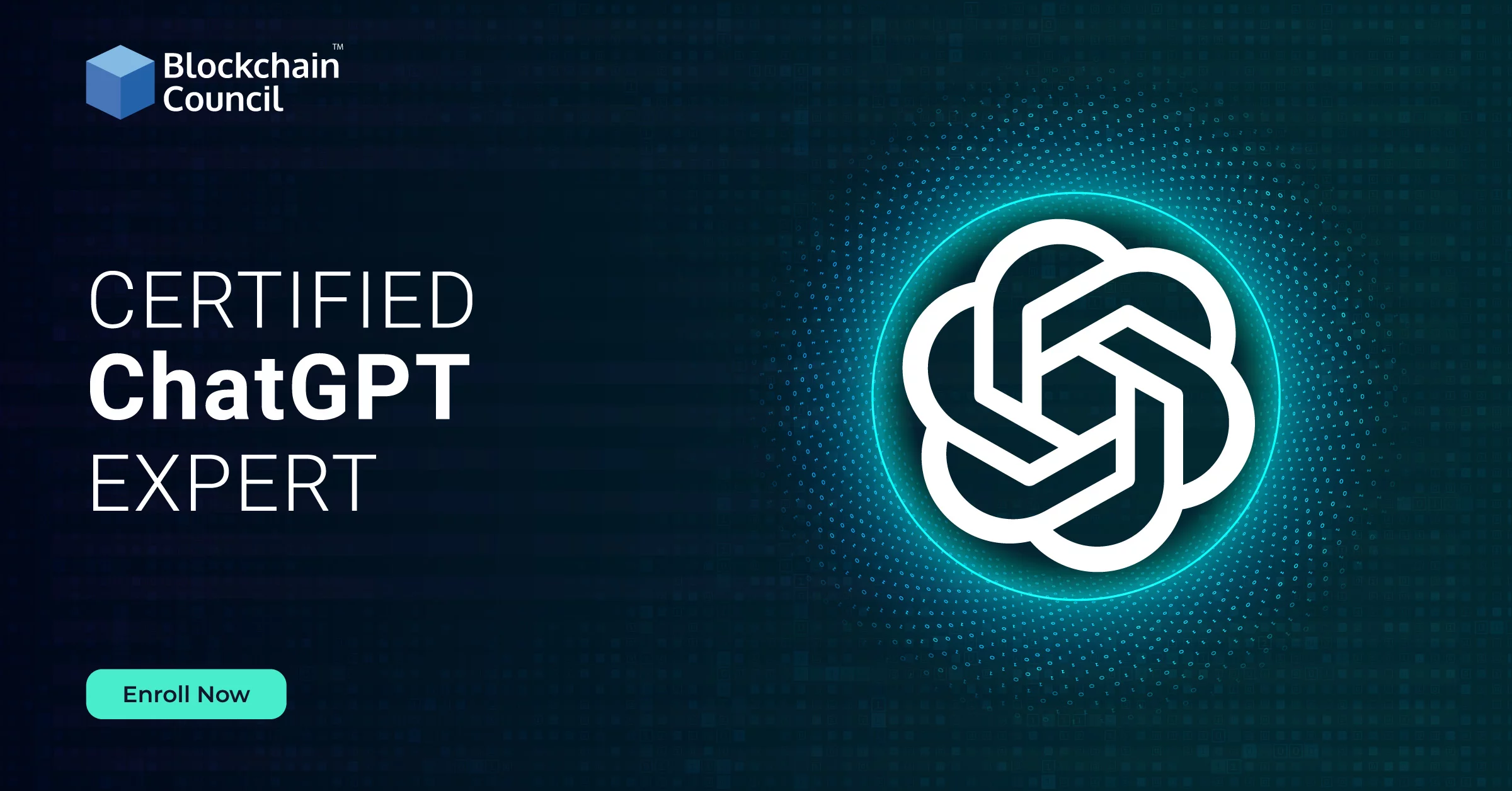
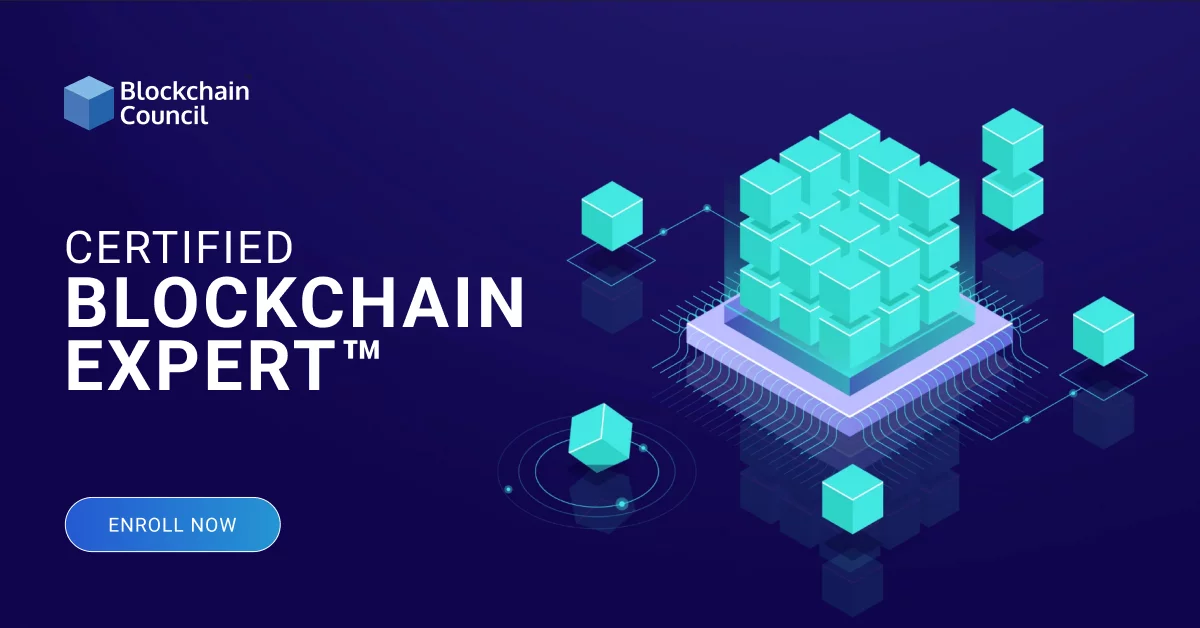
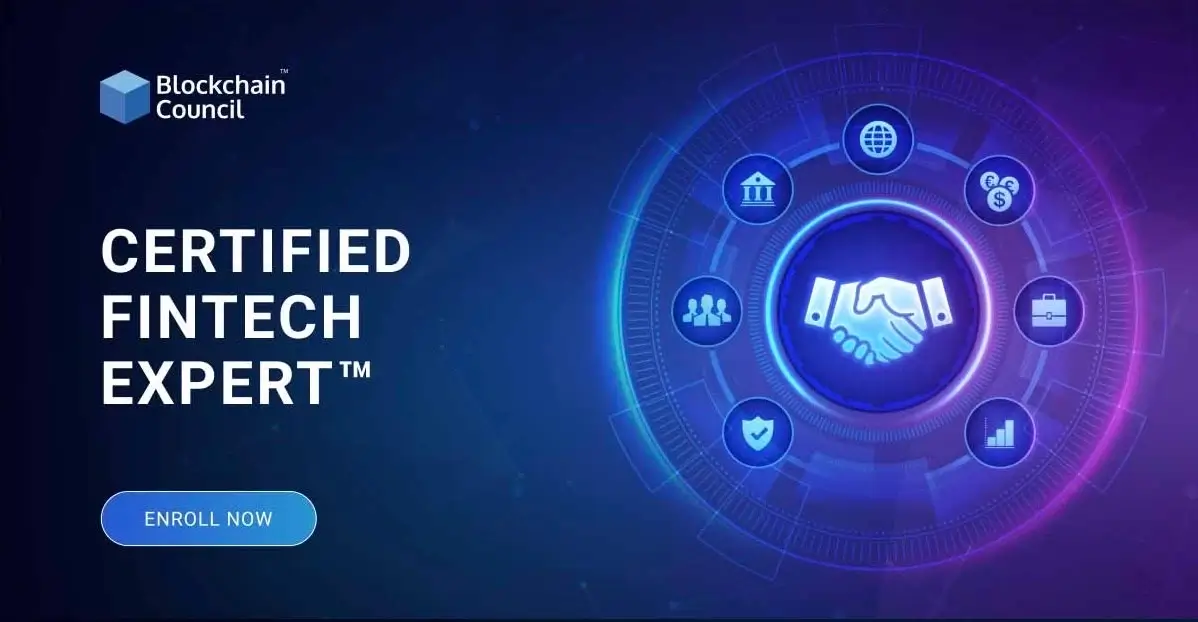
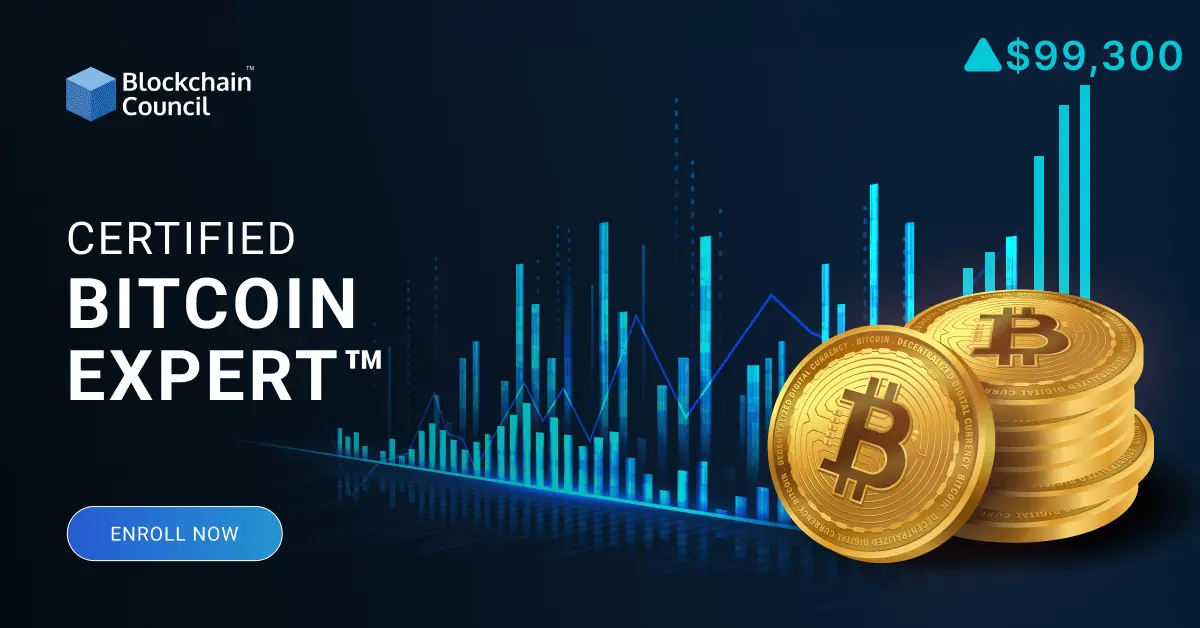

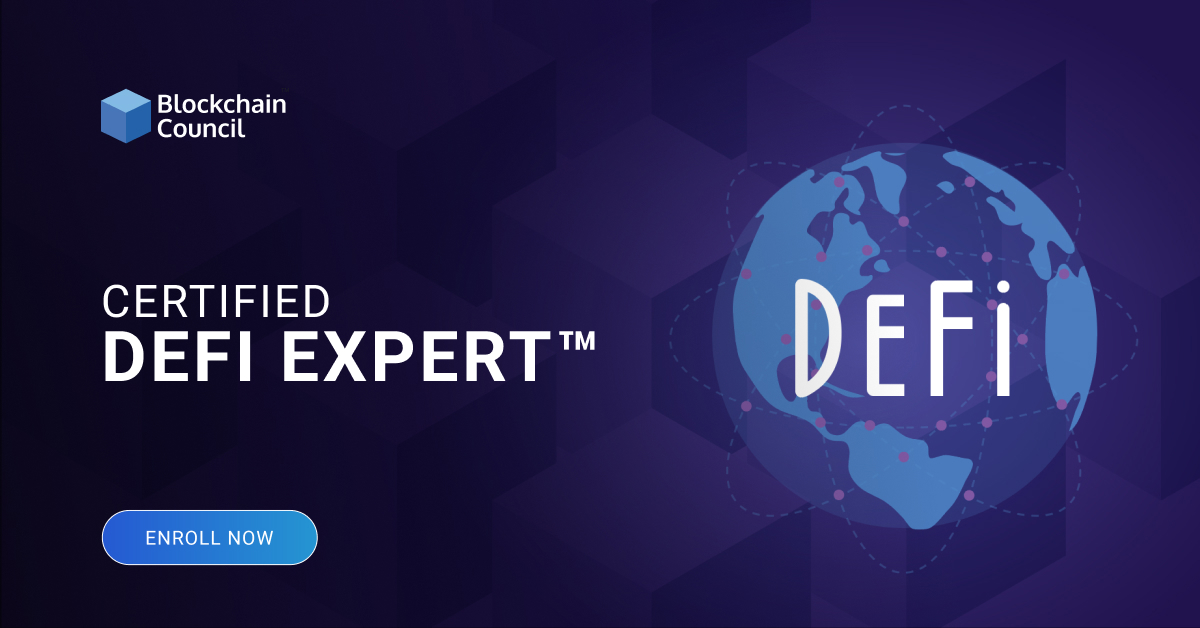
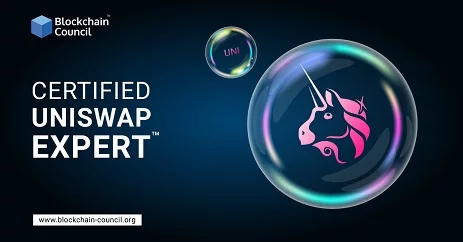
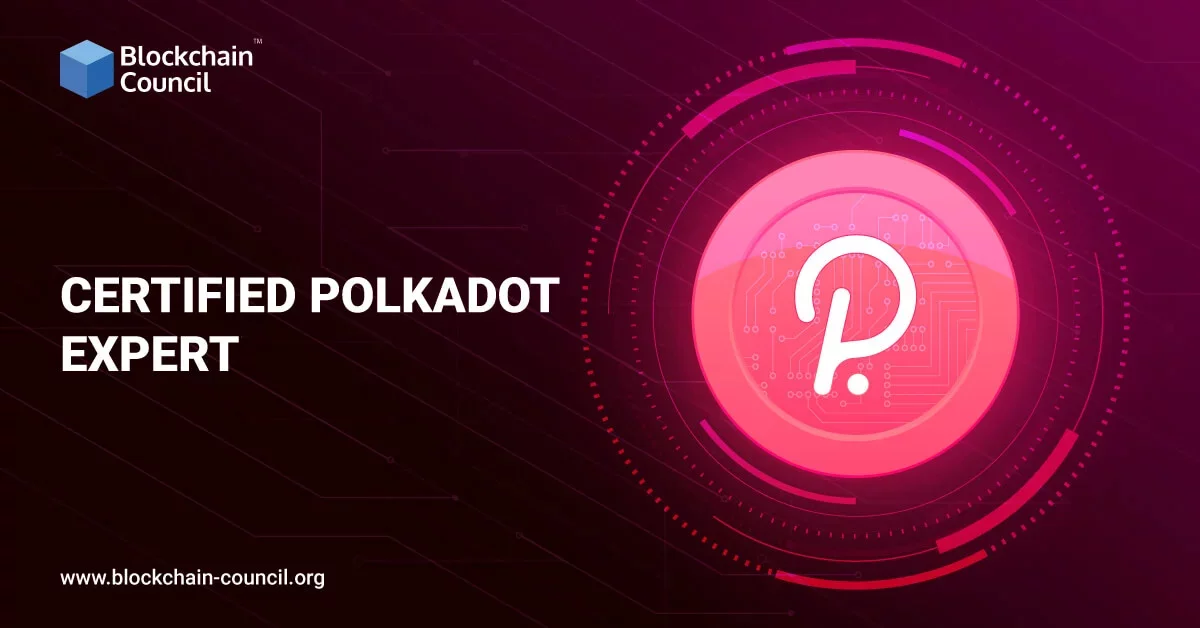
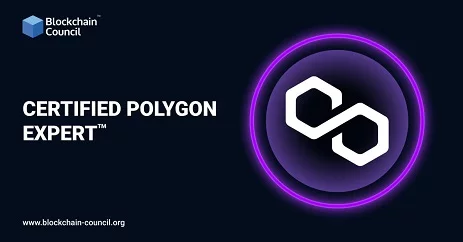
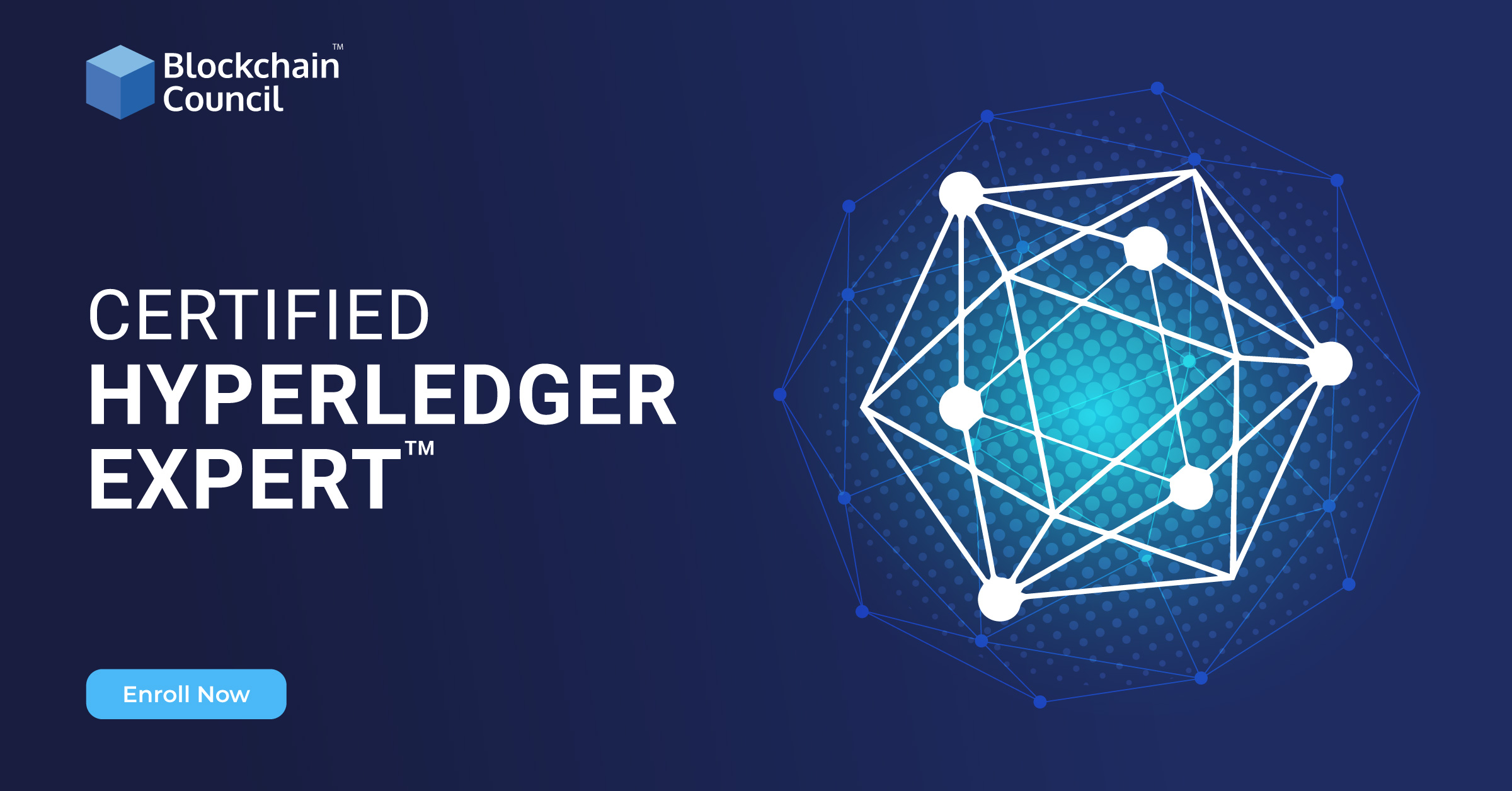
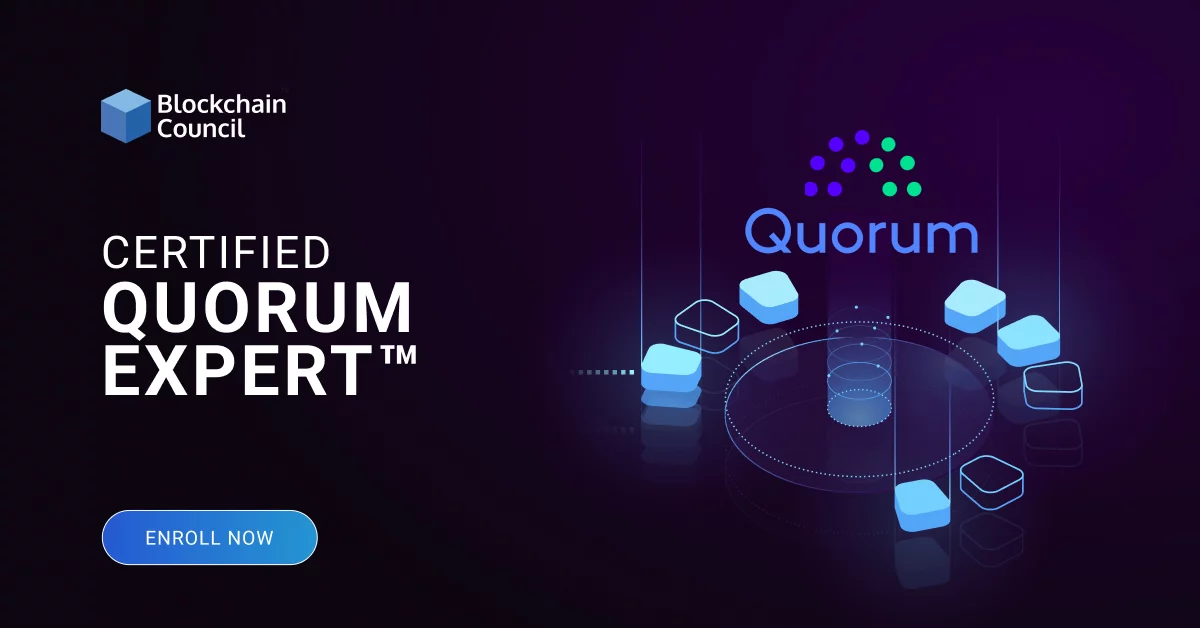
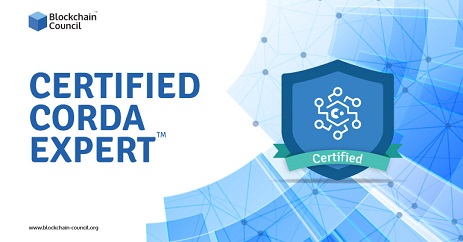
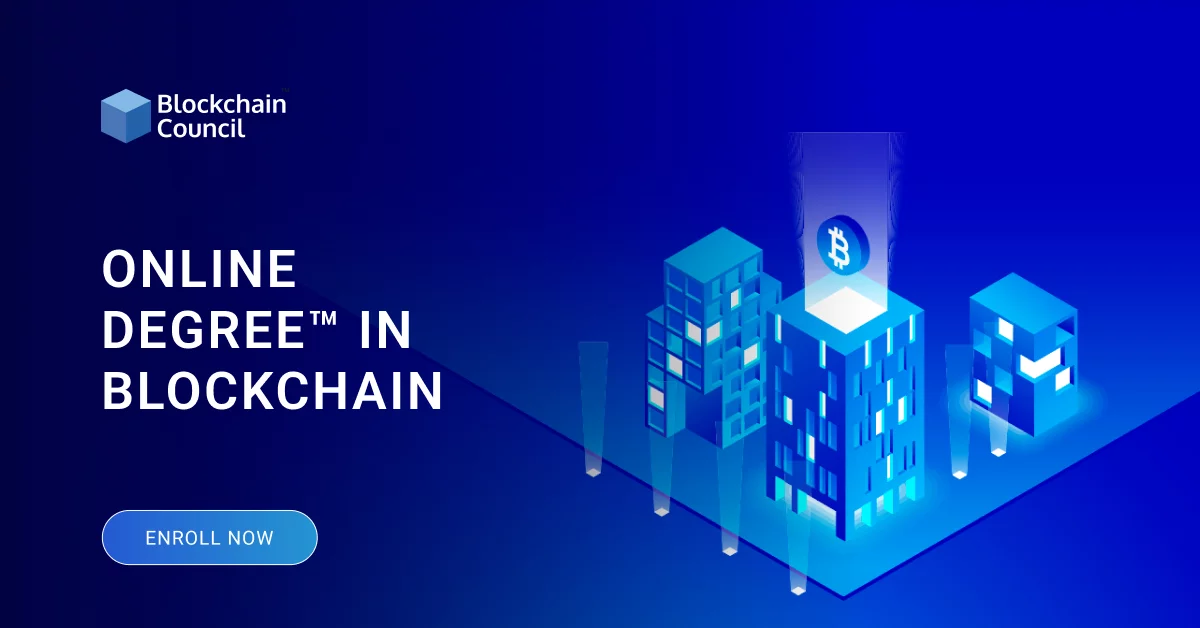
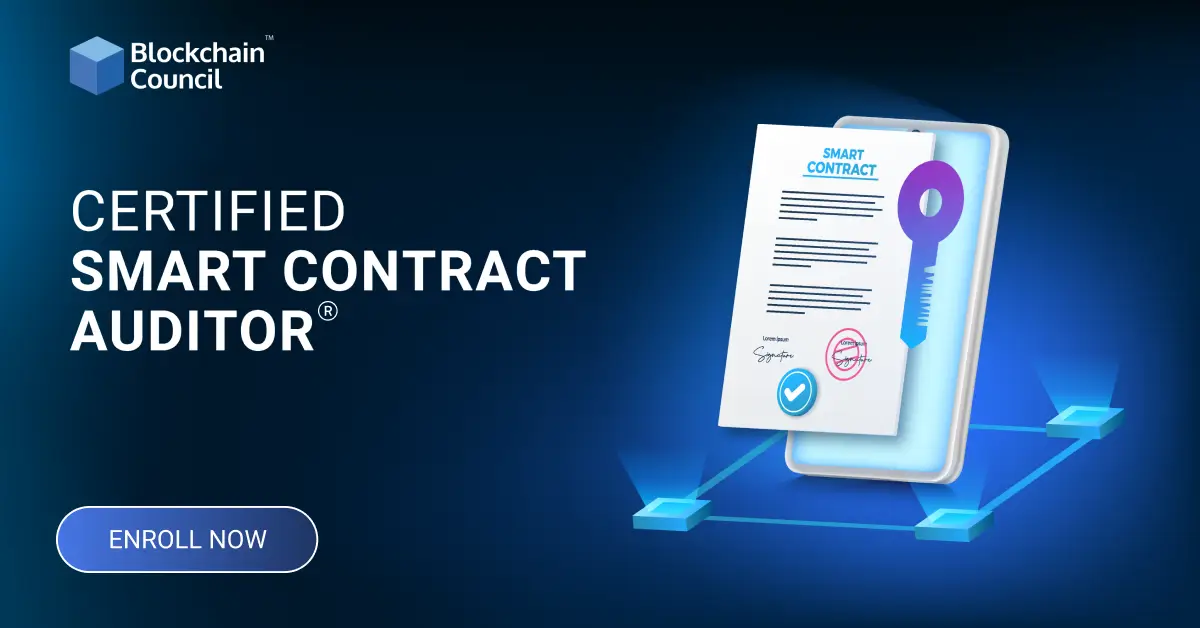
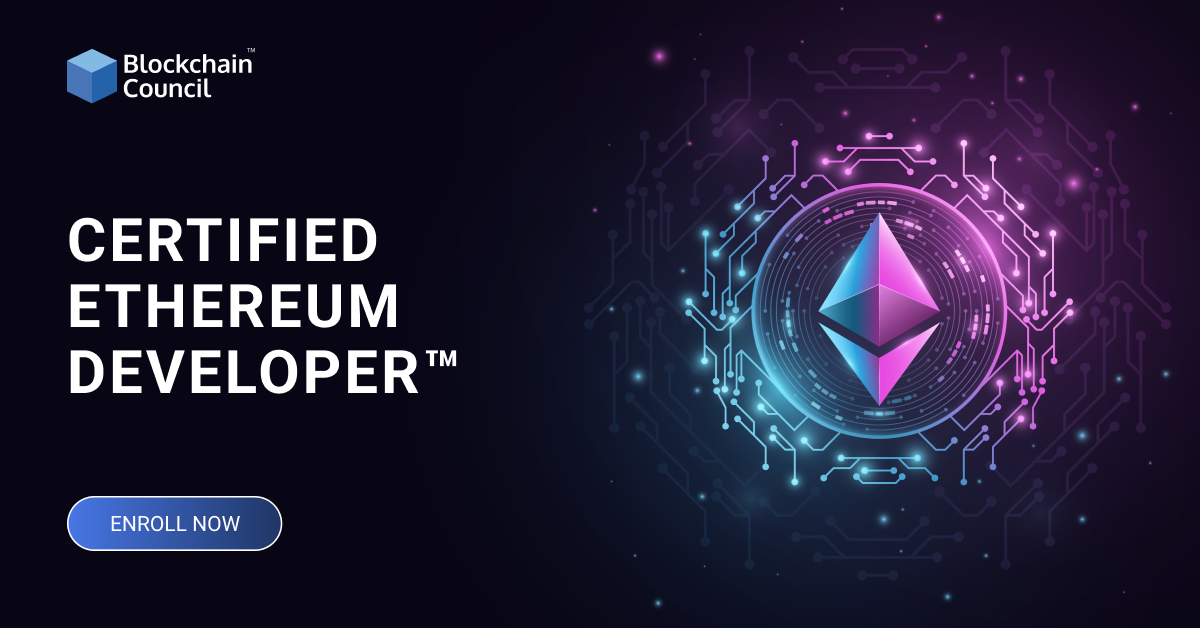
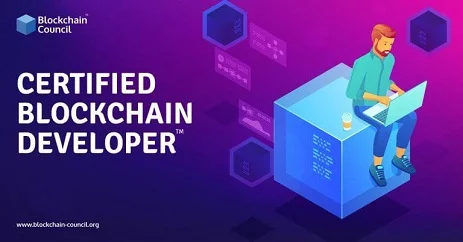
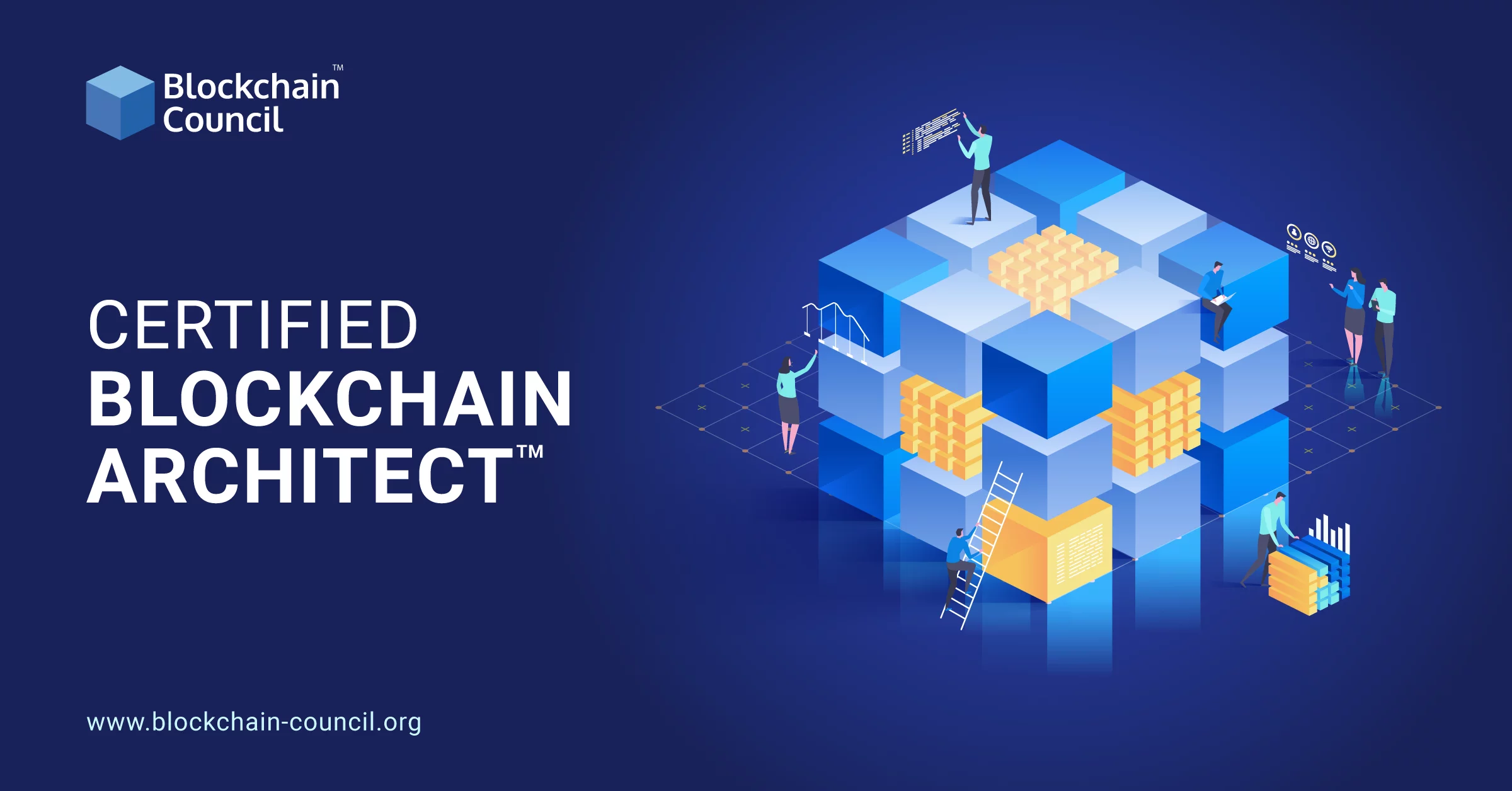
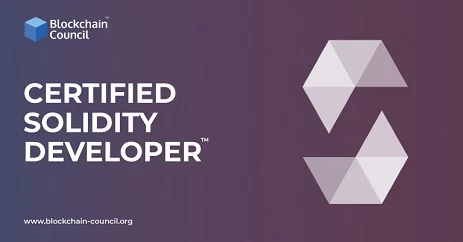
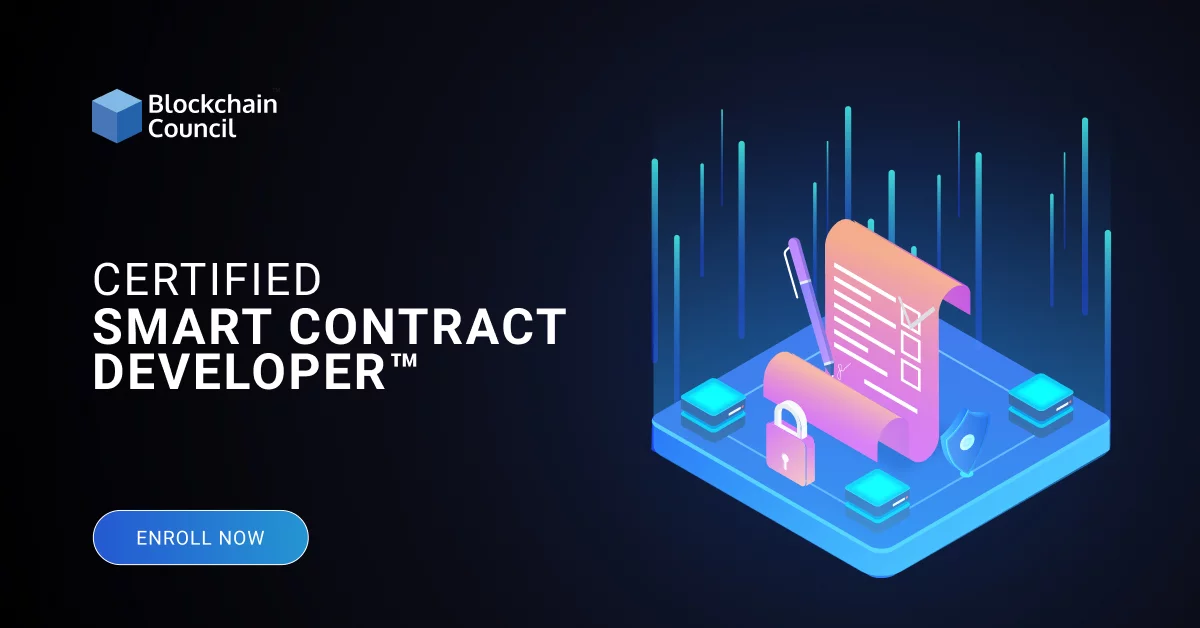
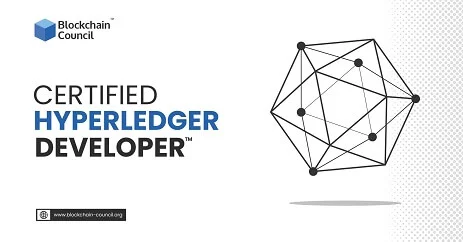
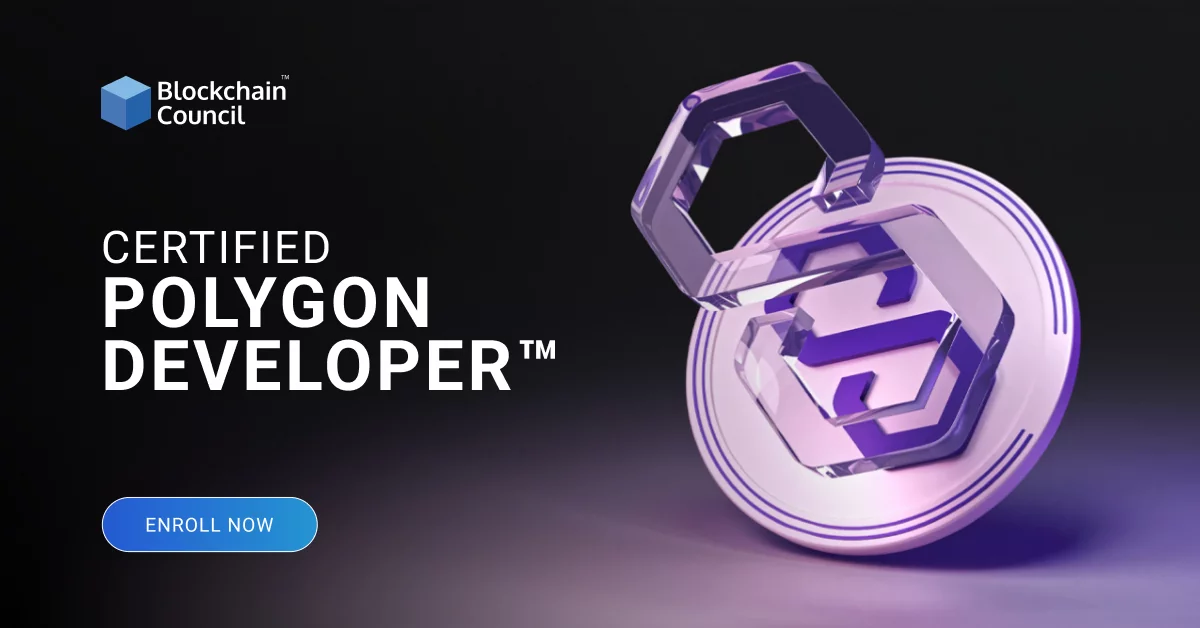
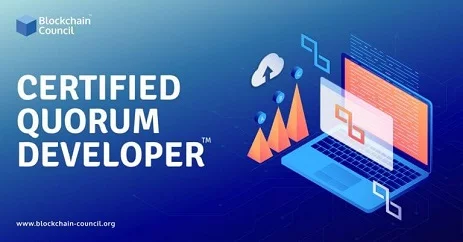
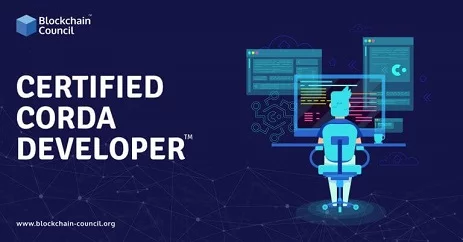
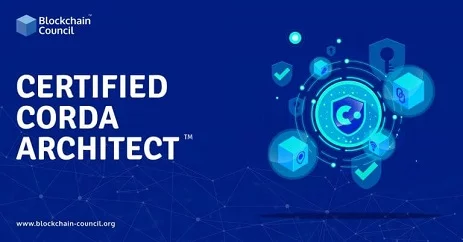
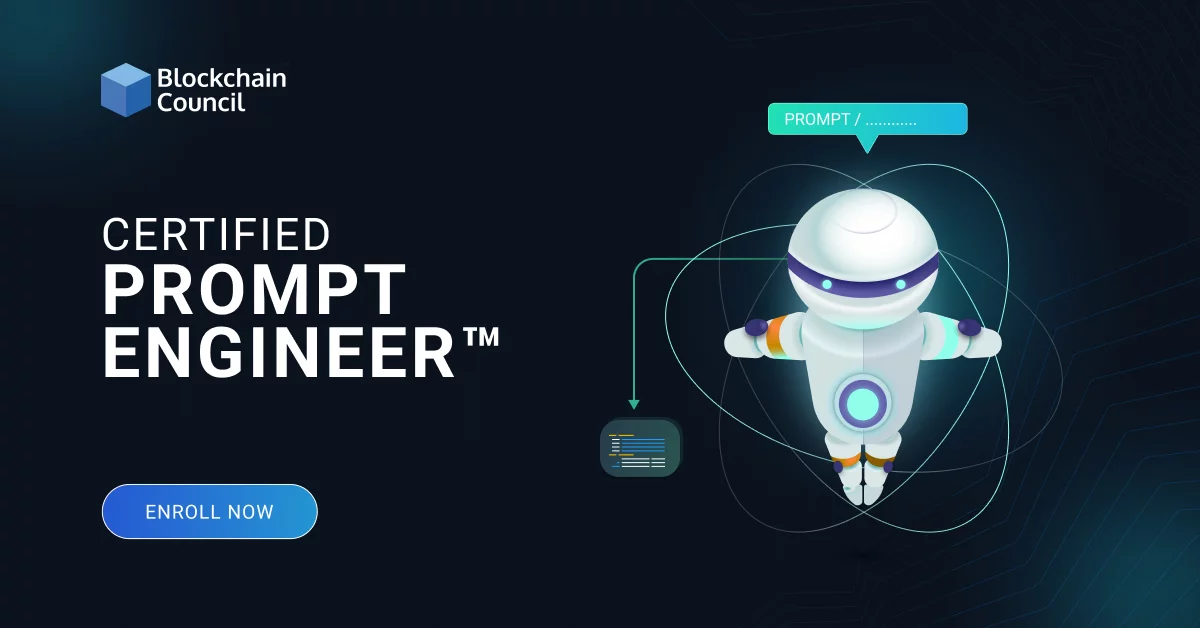
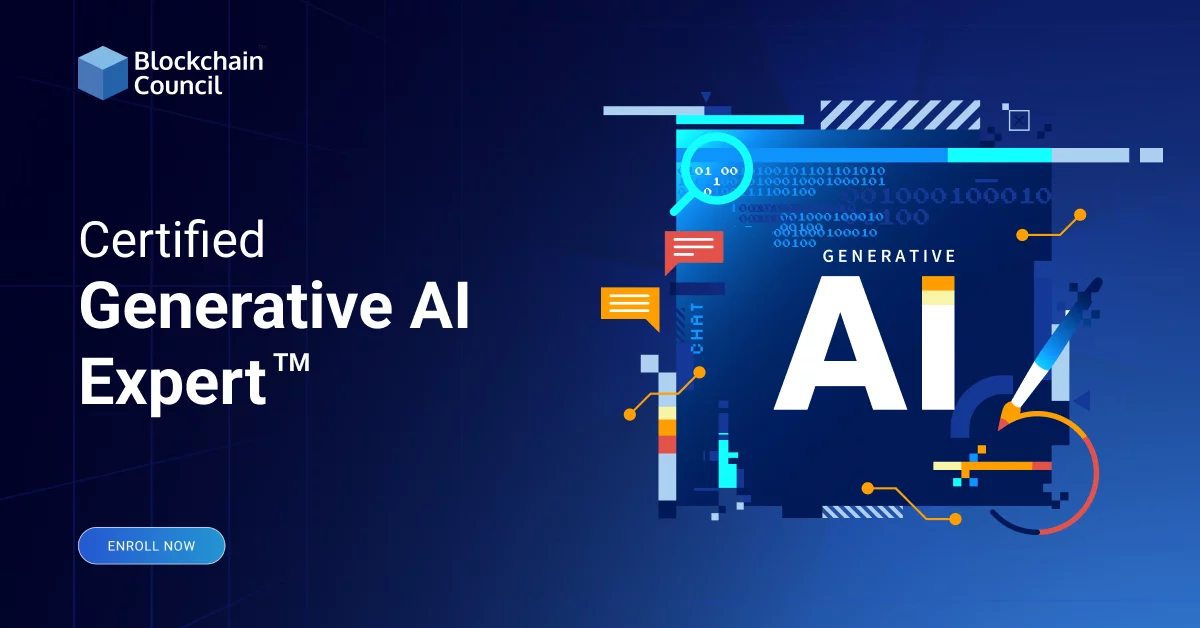
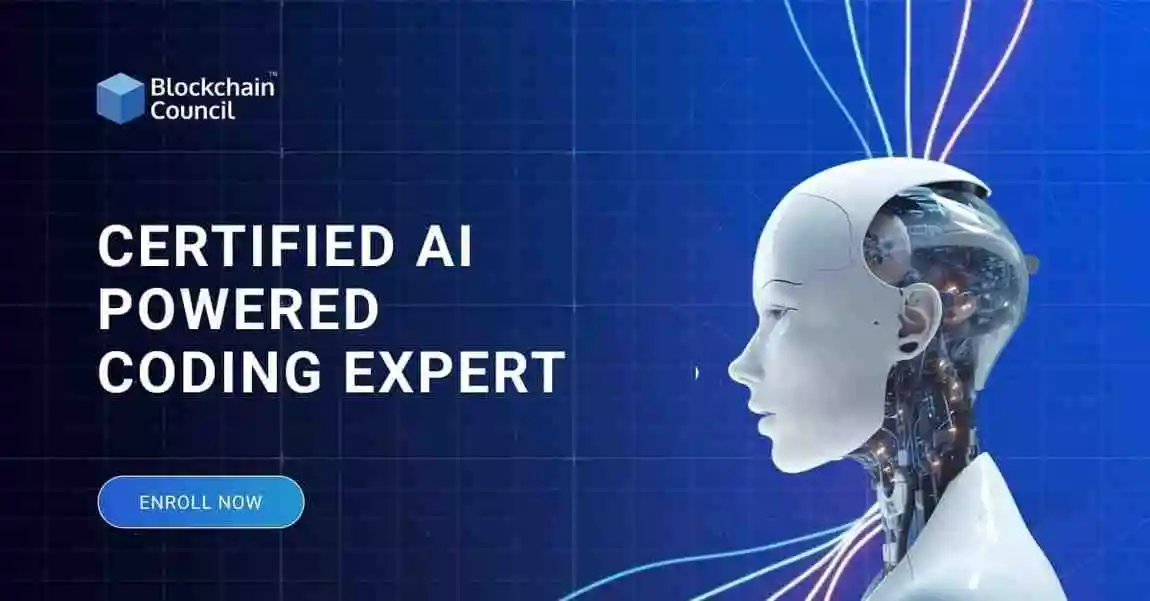
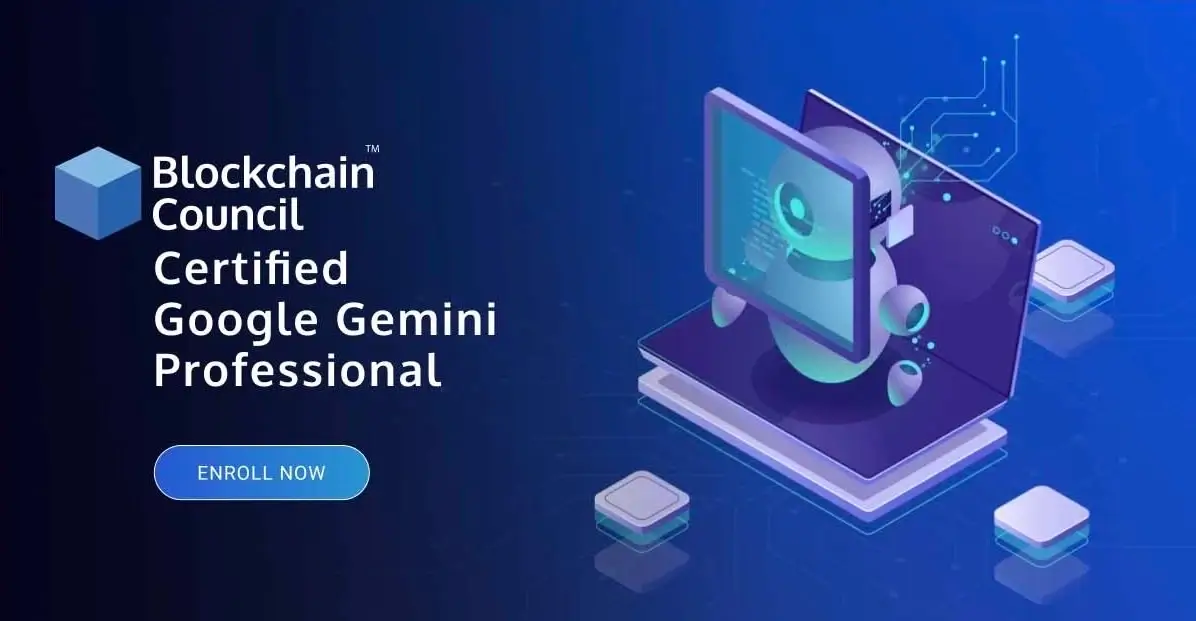
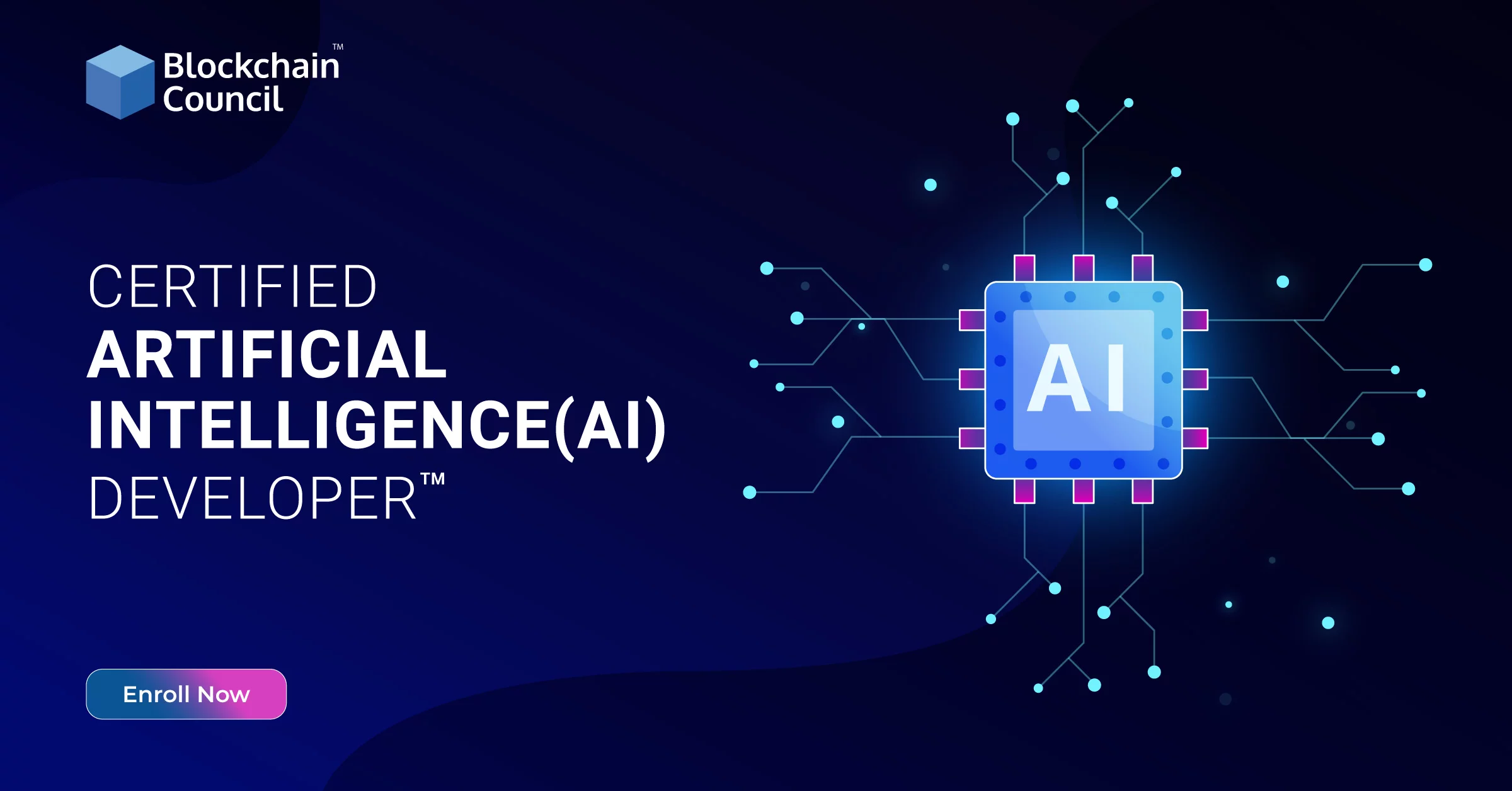
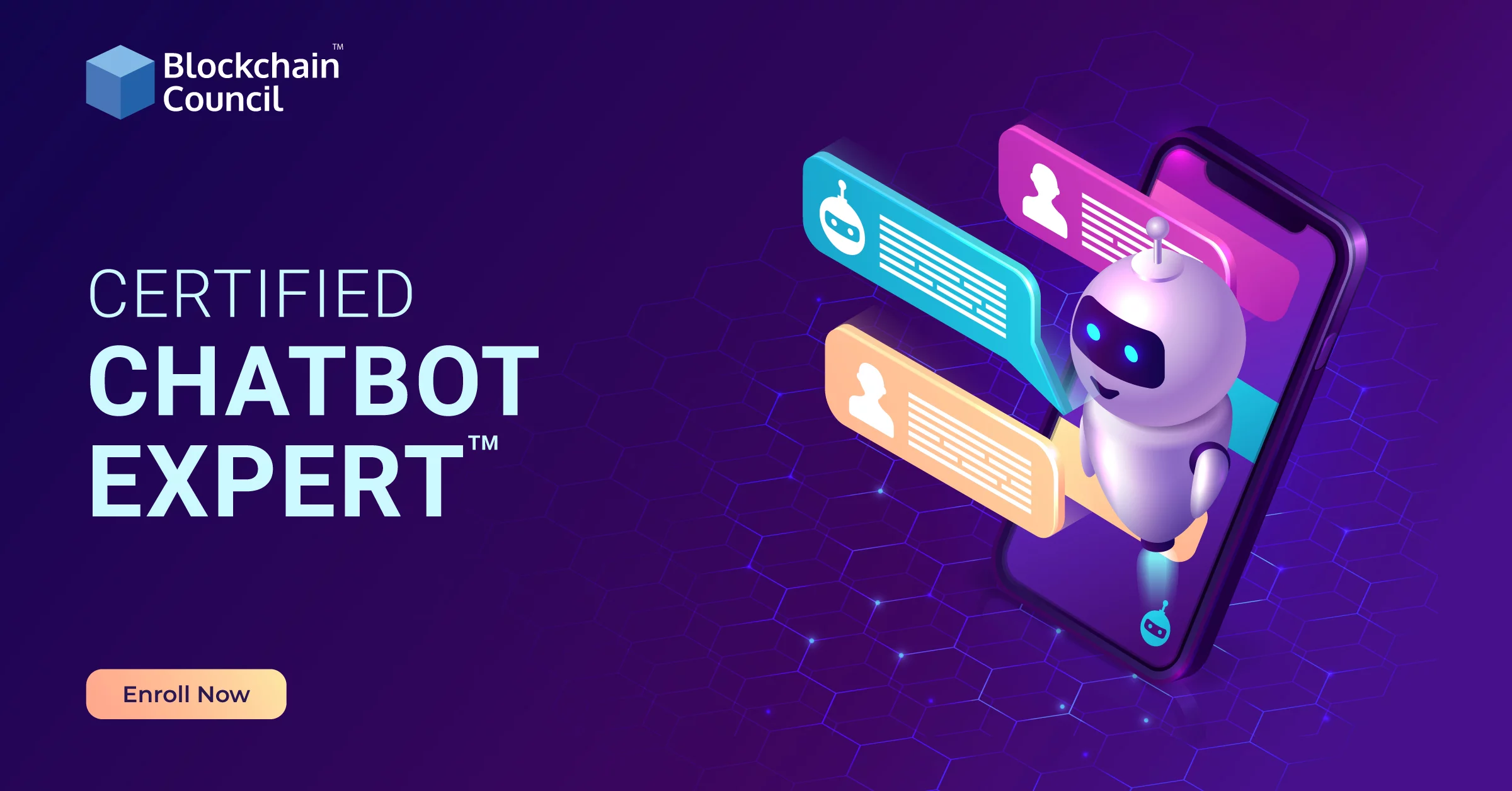
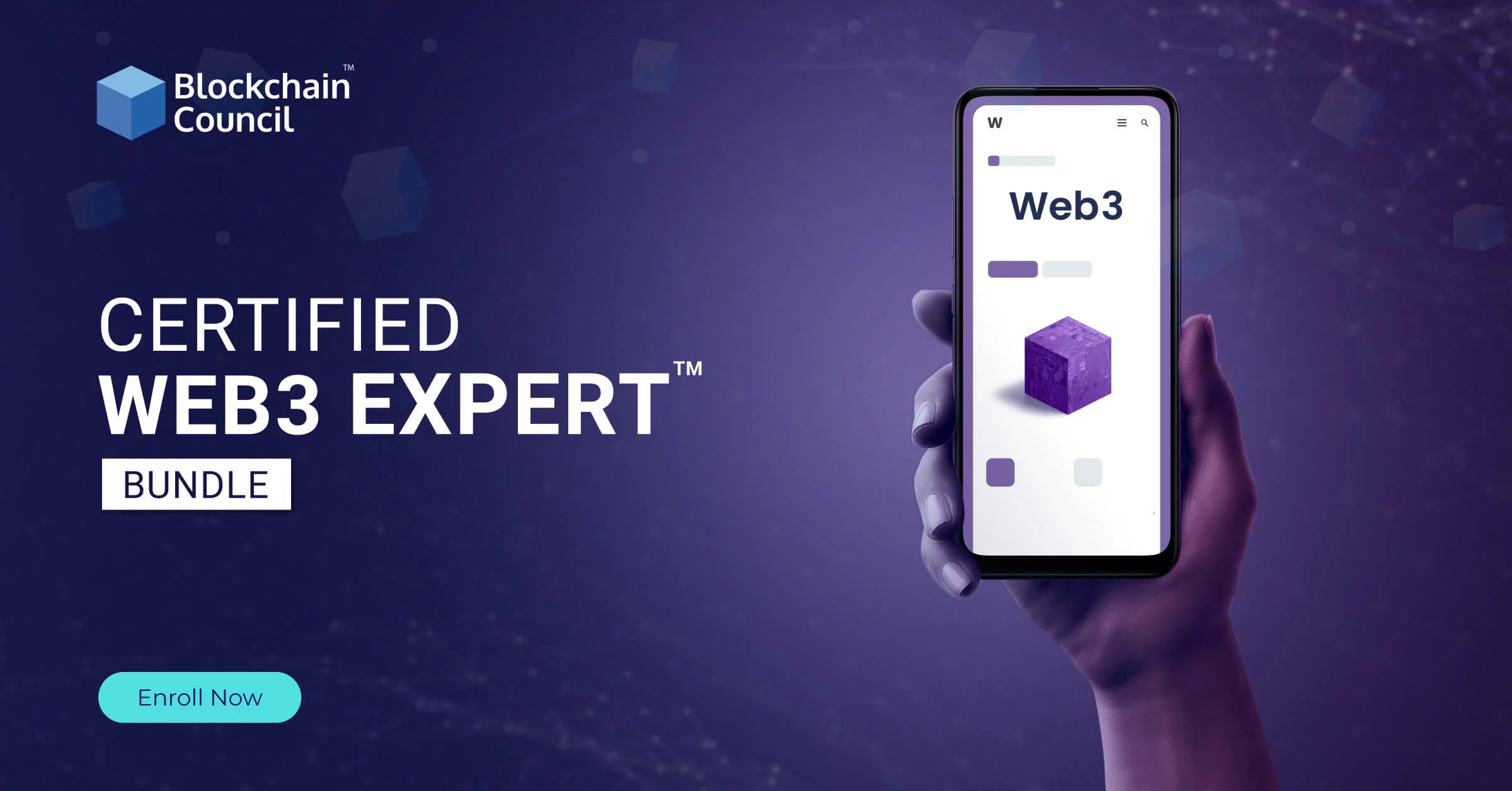
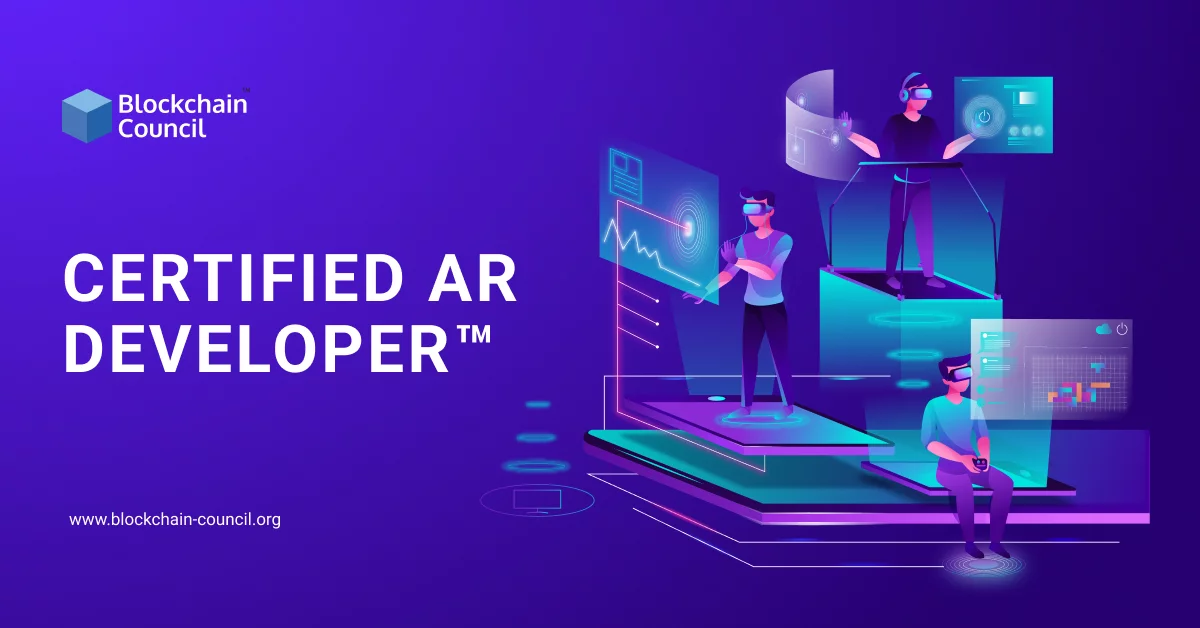

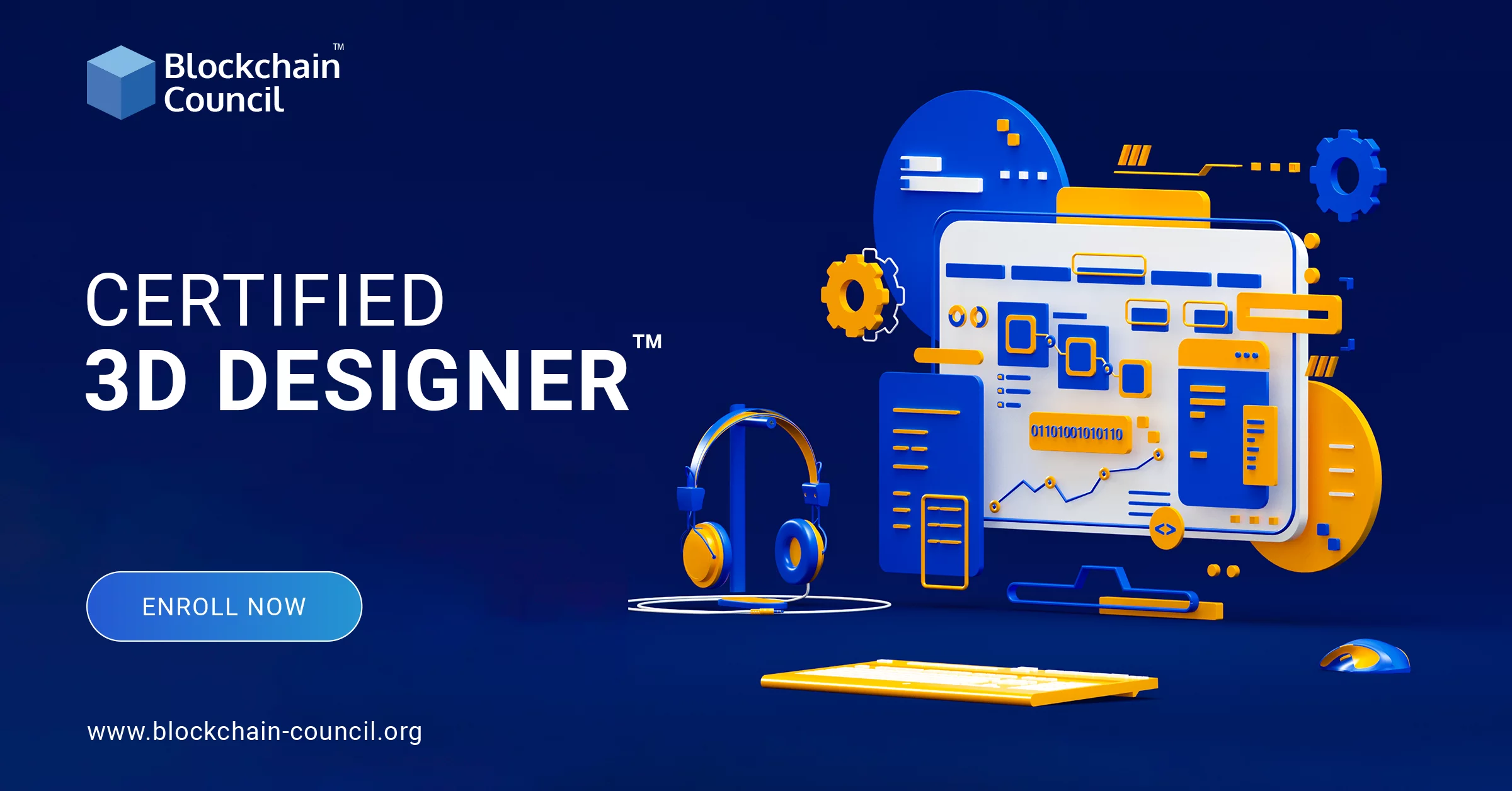
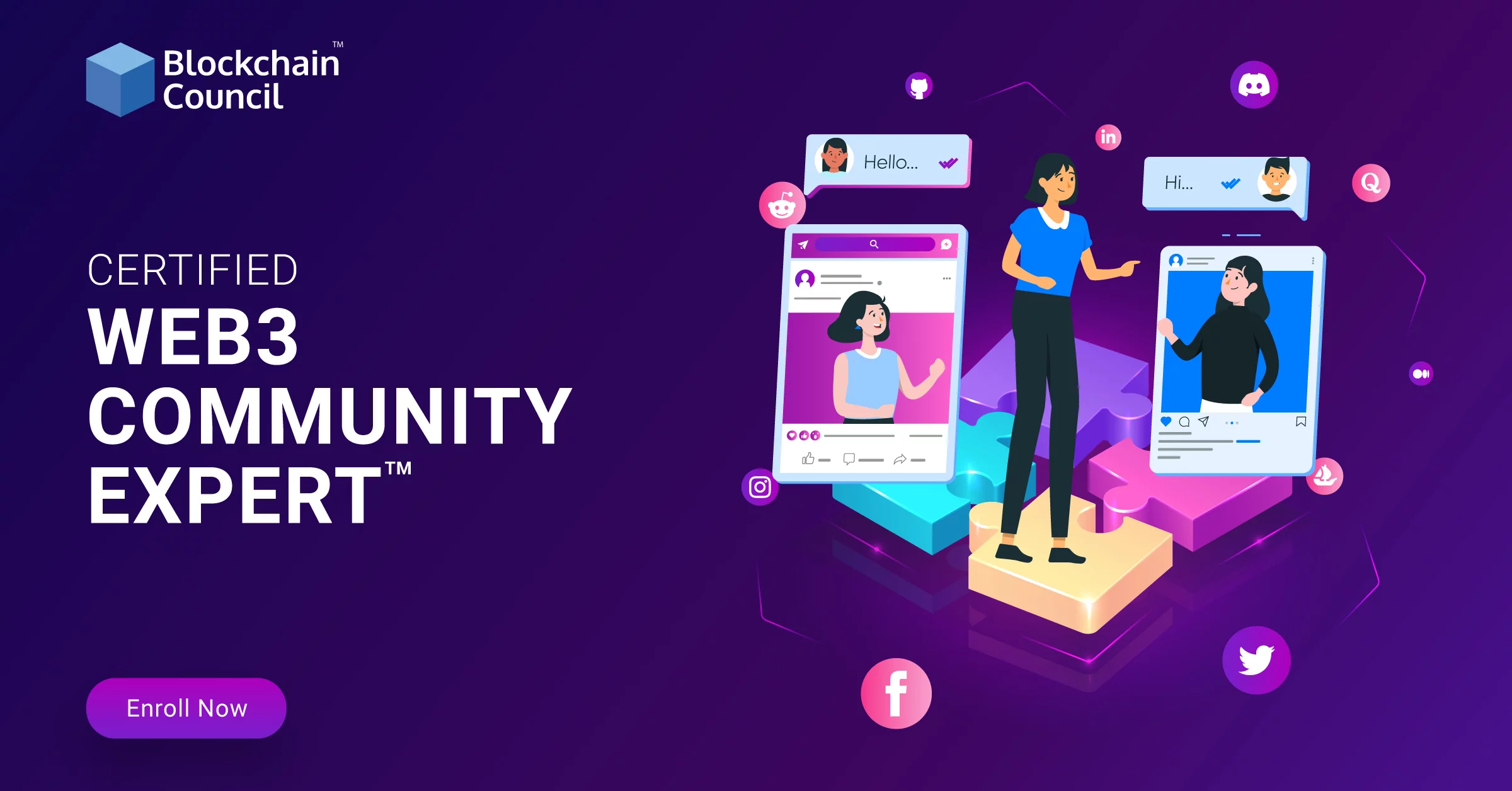
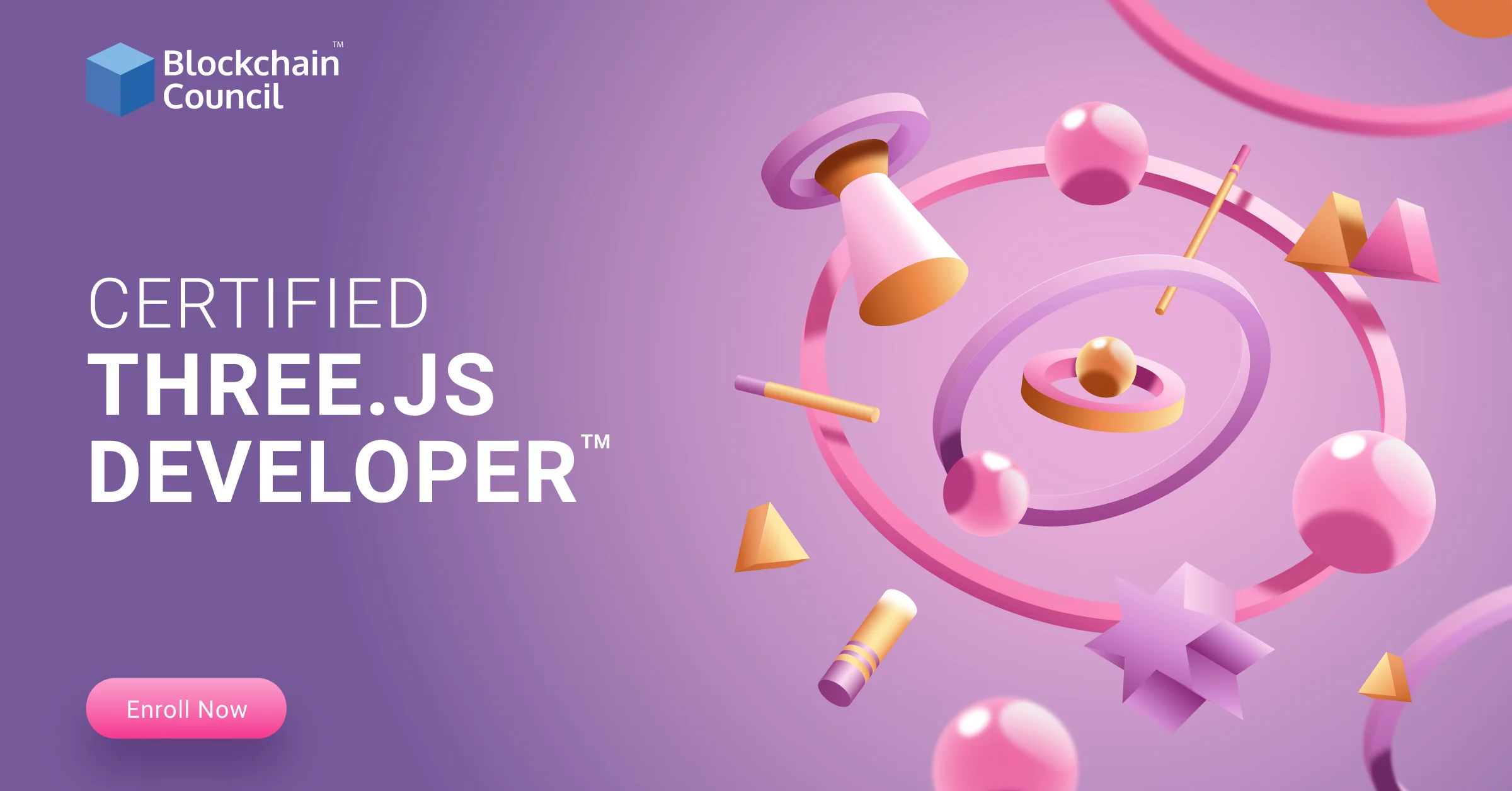
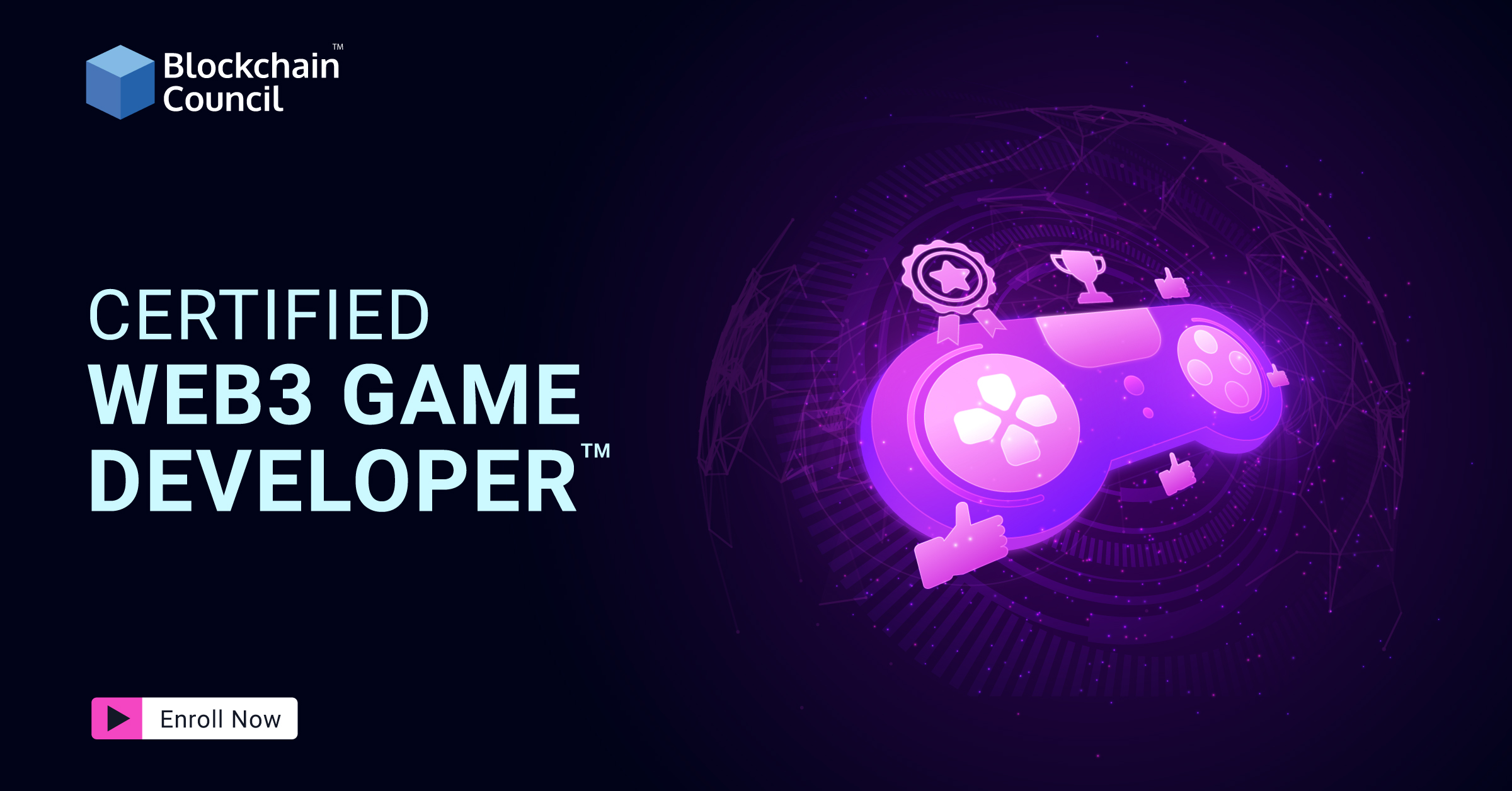
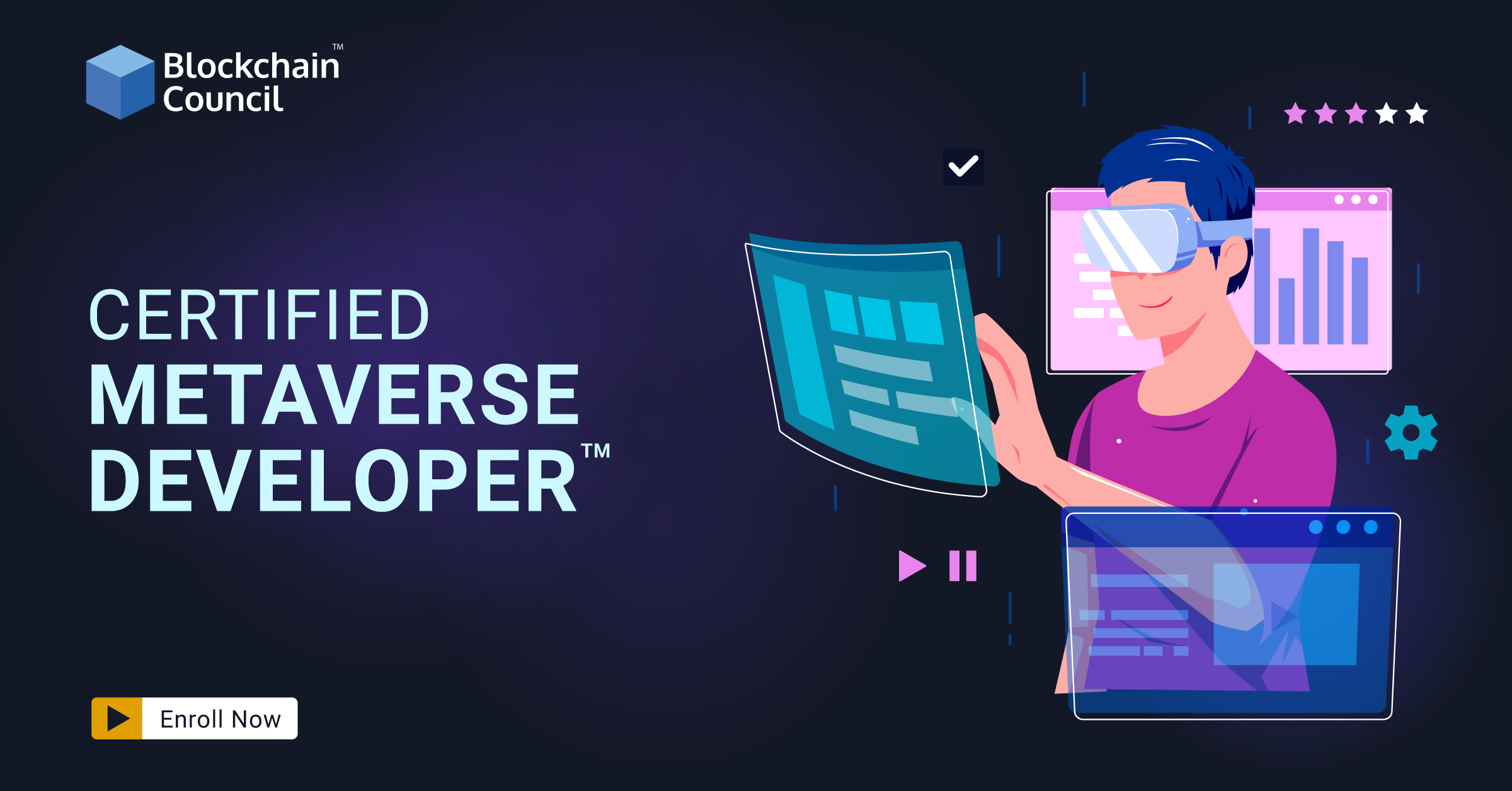
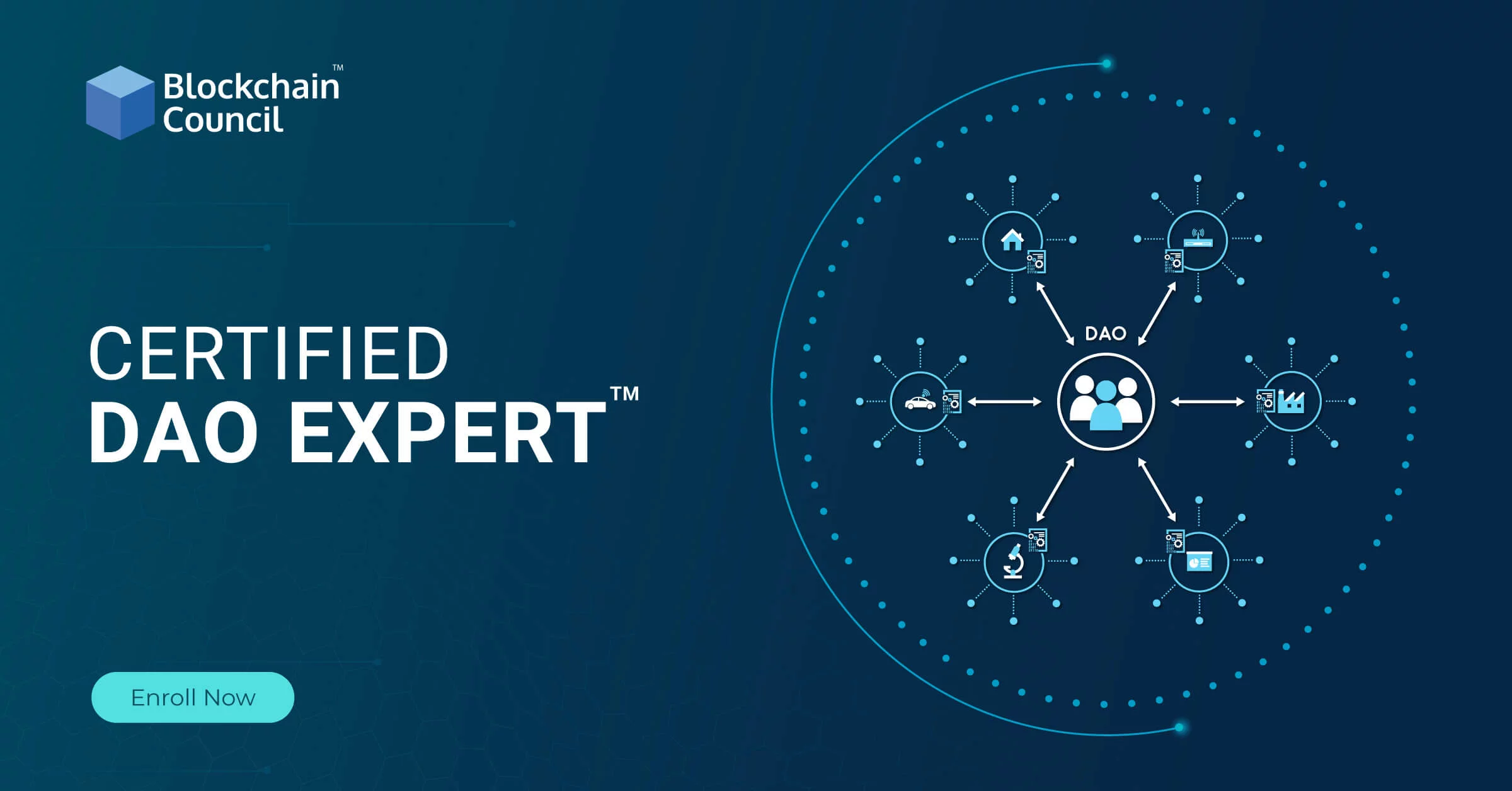
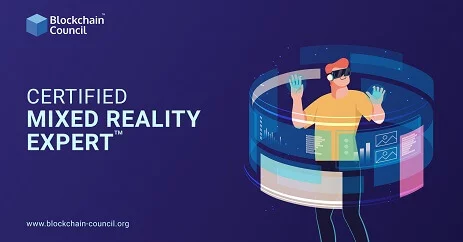
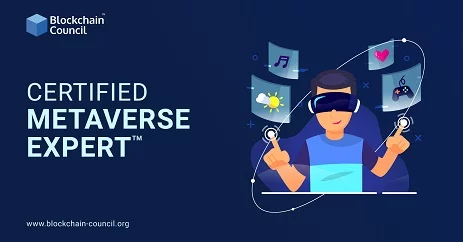
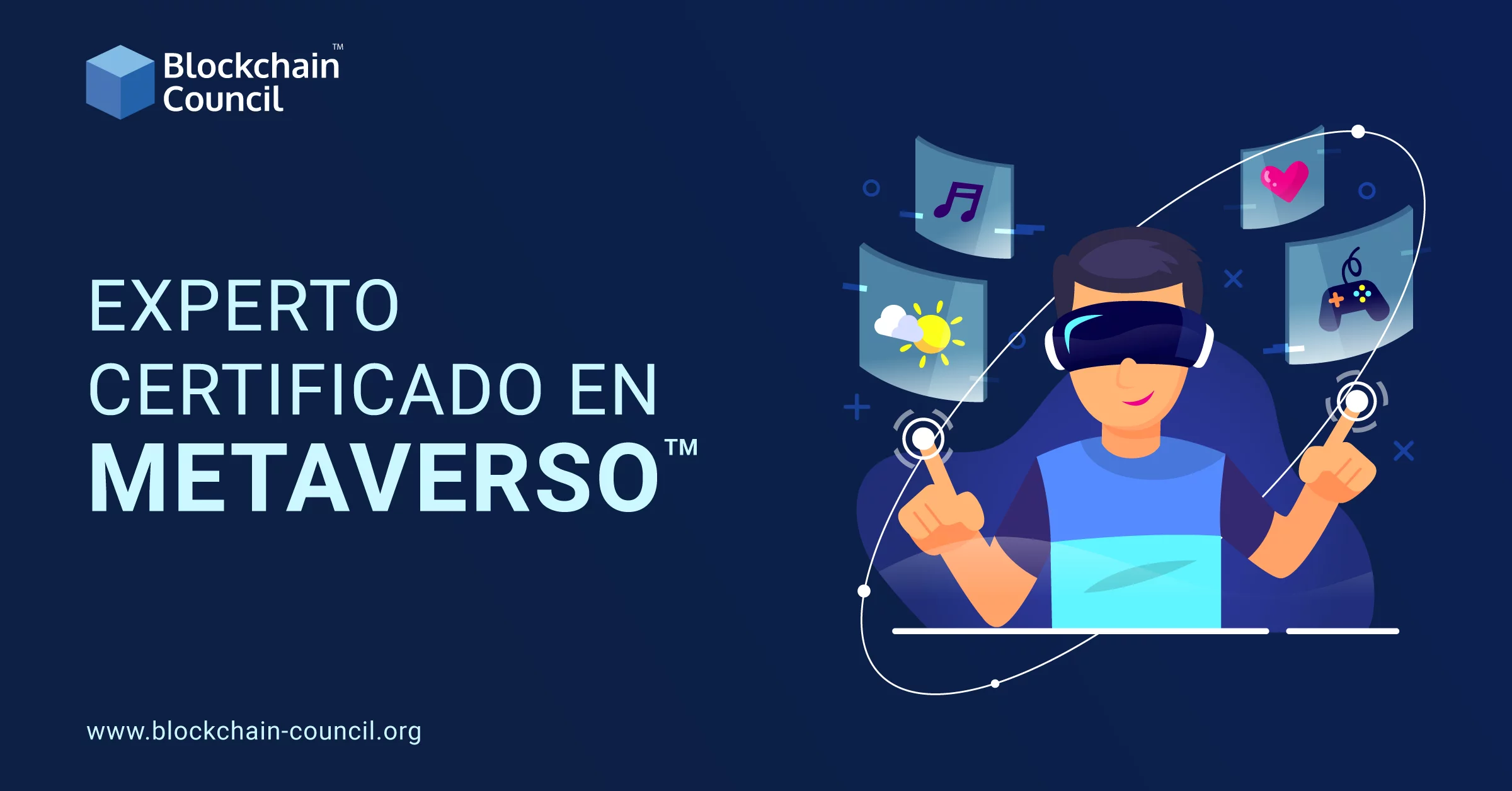



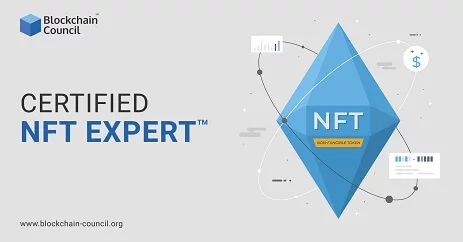
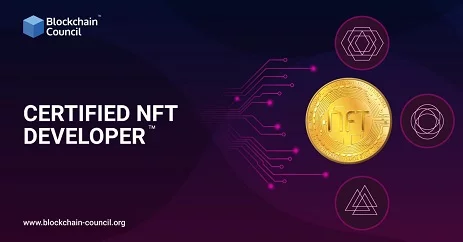
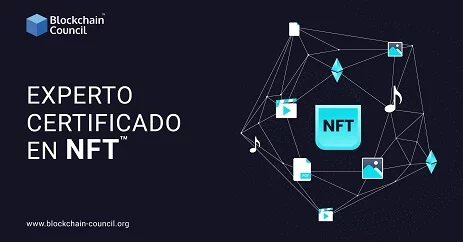

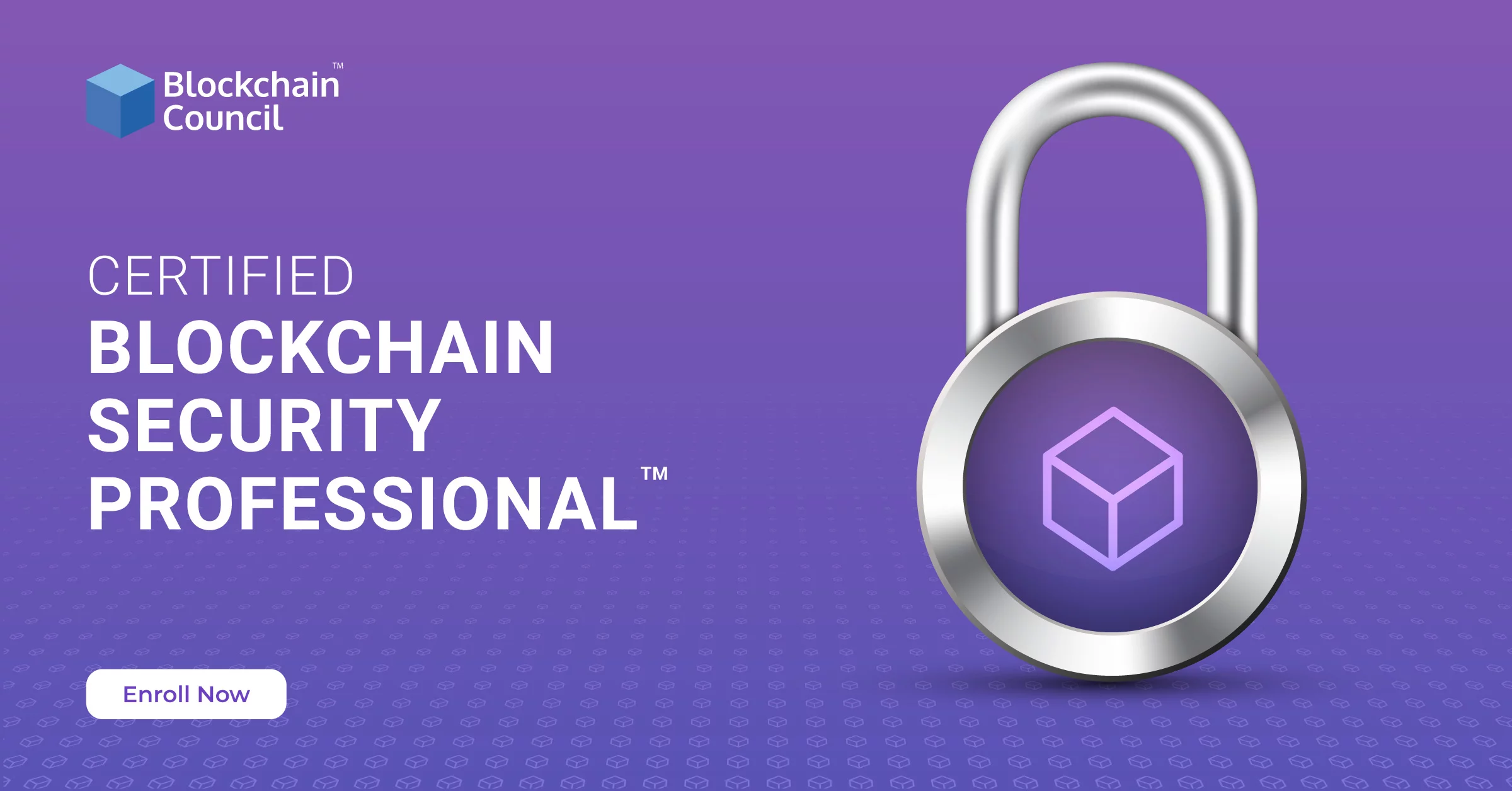

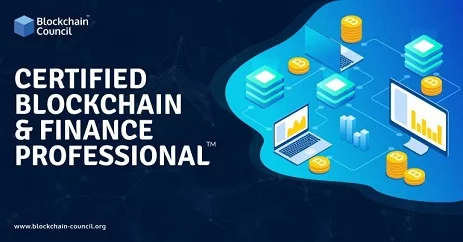
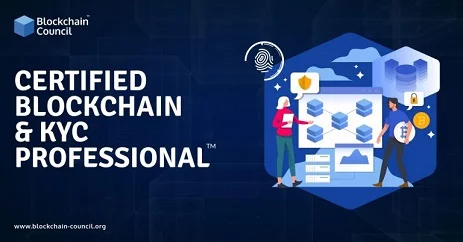
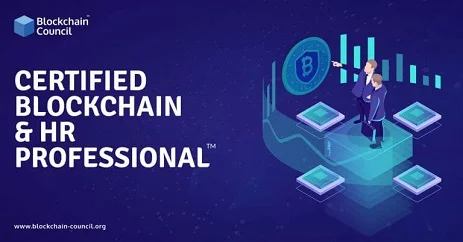
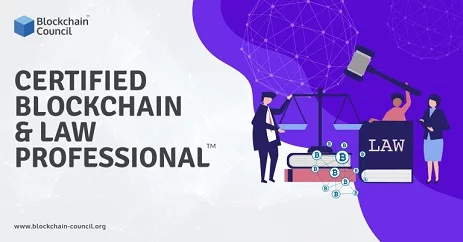
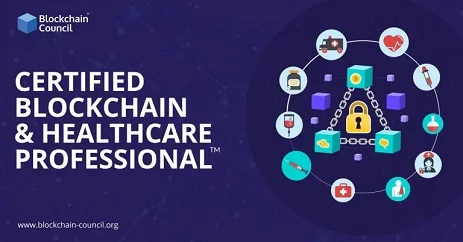
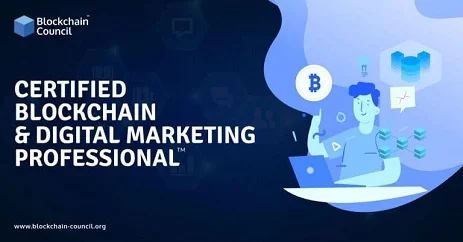
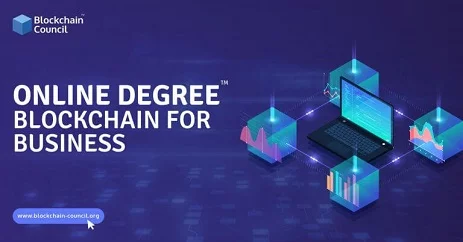


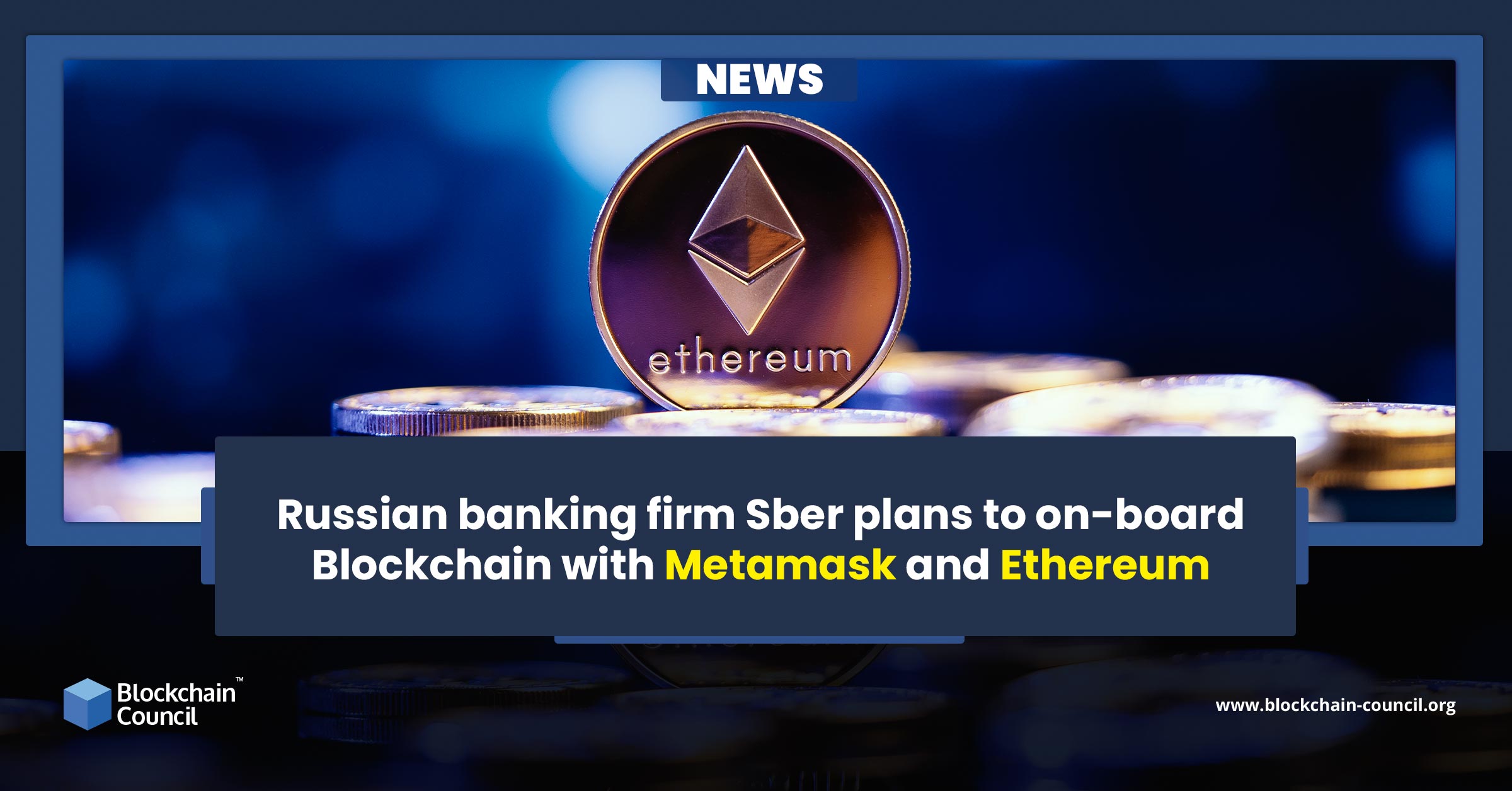

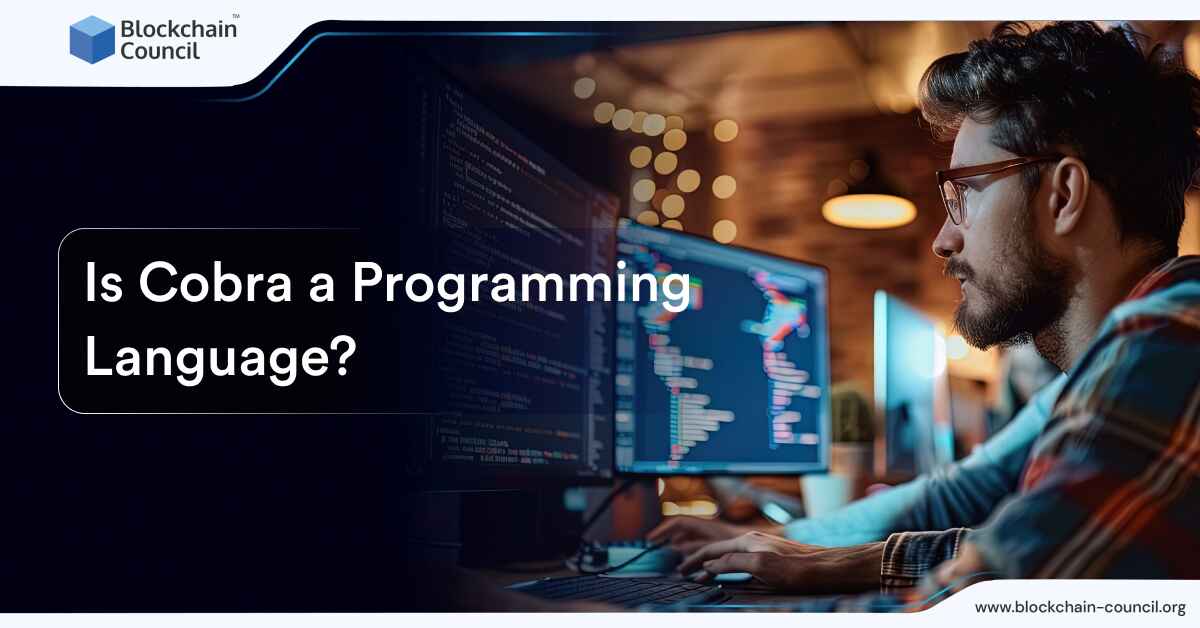
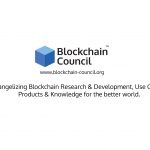
 Guides
Guides News
News Blockchain
Blockchain Cryptocurrency
& Digital Assets
Cryptocurrency
& Digital Assets Web3
Web3 Metaverse & NFTs
Metaverse & NFTs
